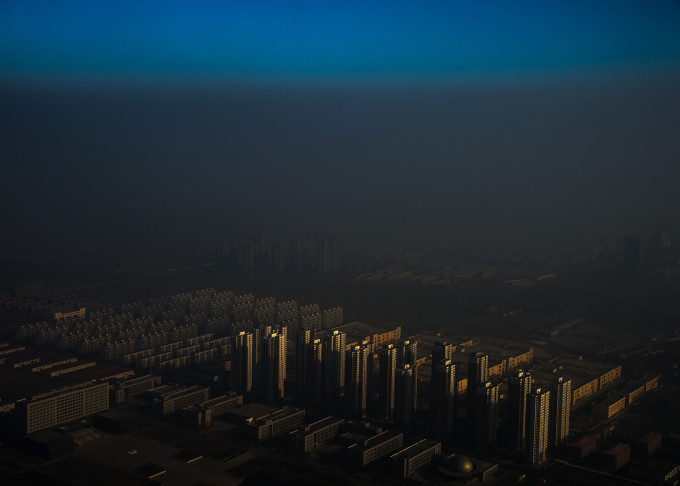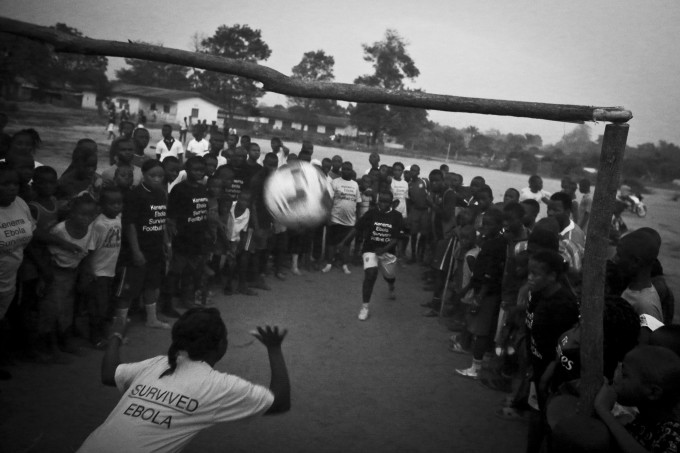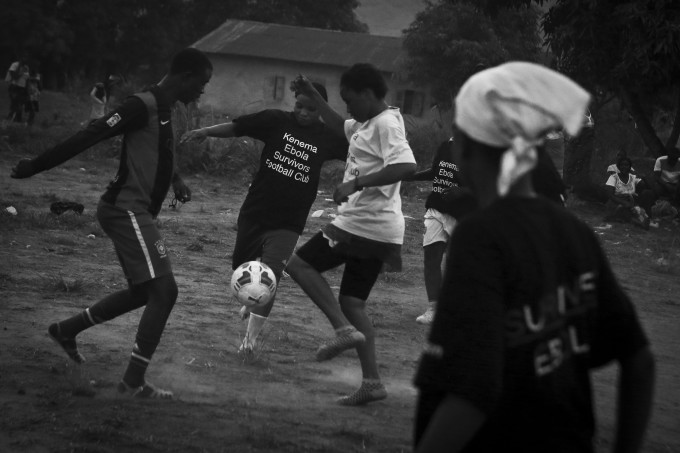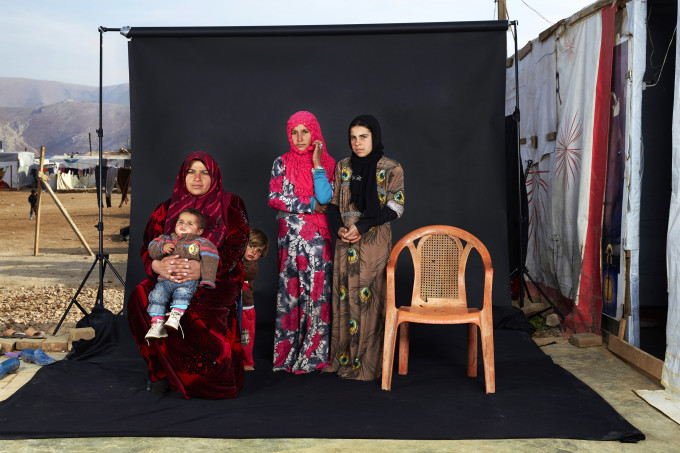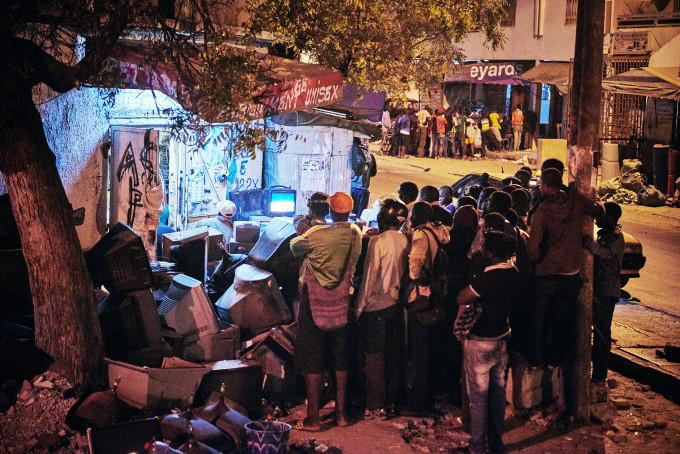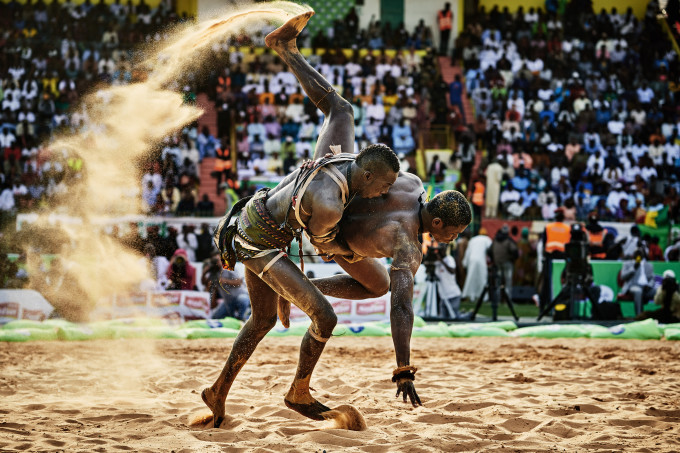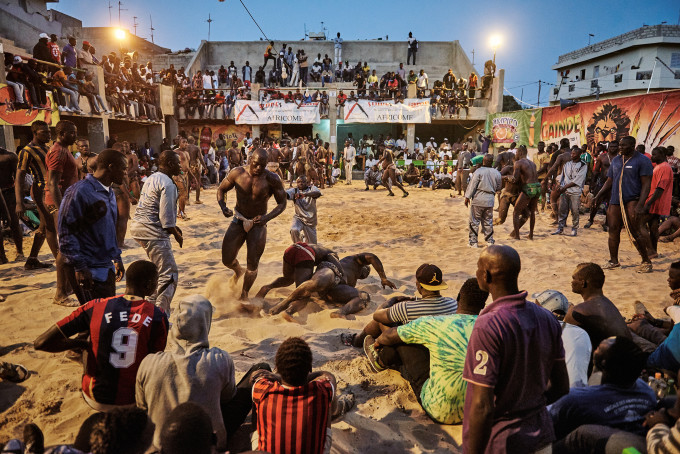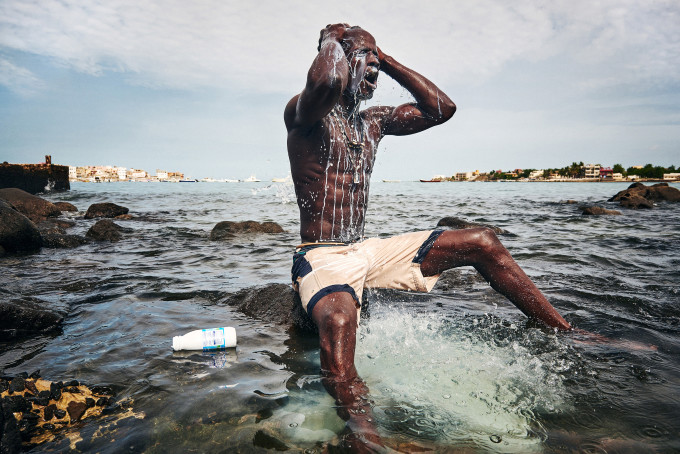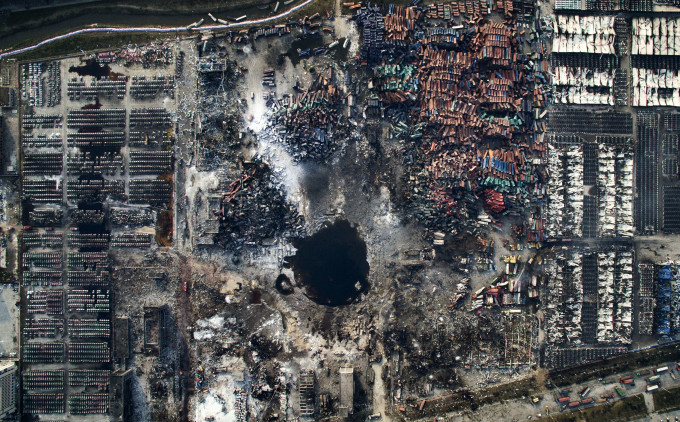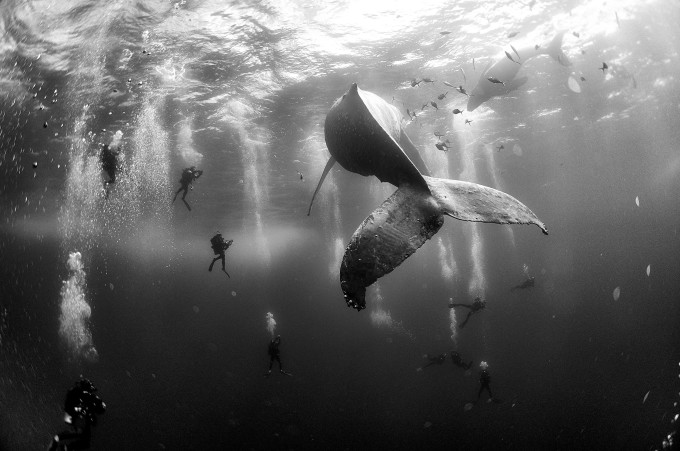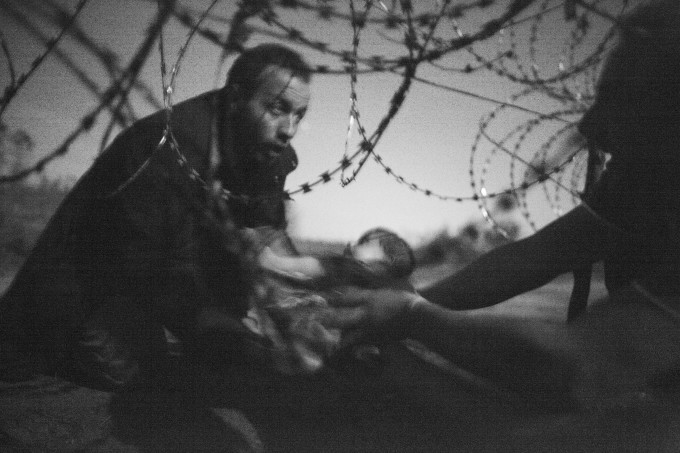
World Press Photo Winning Image from Australian photographer Warren Richardson
Today, the winners of the World Press Photo Awards are being announced. The winner is Warren Richardson who is a freelance photographer, currently based in Budapest, Hungary. He explained how the picture was made:
“I camped with the refugees for five days on the border. A group of about 200 people arrived, and they moved under the trees along the fence line. They sent women and children, then fathers and elderly men first. I must have been with this crew for about five hours and we played cat and mouse with the police the whole night. I was exhausted by the time I took the picture. It was around three o’clock in the morning and you can’t use a flash while the police are trying to find these people, because I would just give them away. So I had to use the moonlight alone.”
More of the winners are after the jump.
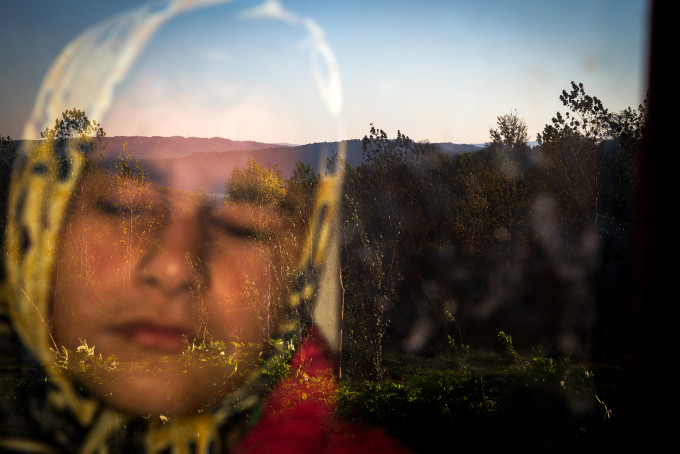
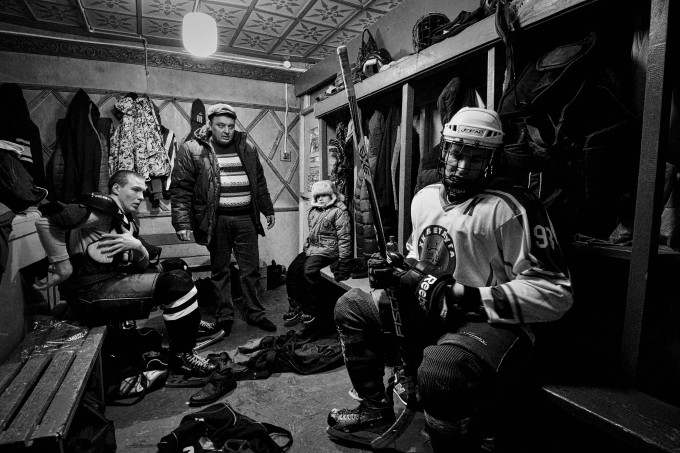
Болельщик высказывает претензии игрокам любительского ХК “Ветлуга” в перерыве матча против команды посёлка Тоншаево, город Ветлуга Нижегородской области
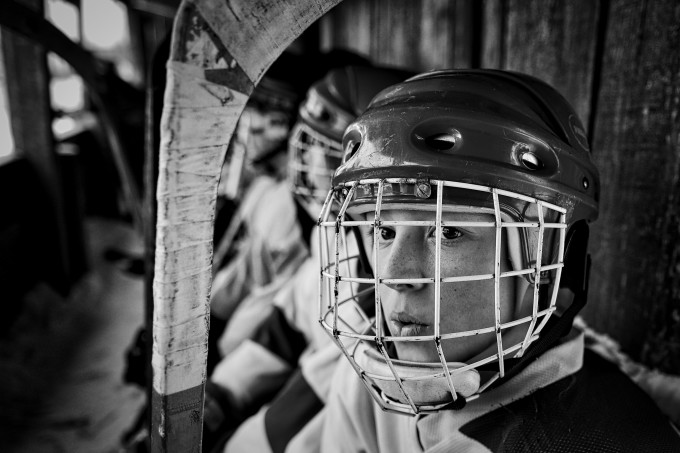
Матч между юниорскими любительскими командами города Ветлуга и посёлка Шаранга, город Ветлуга Нижегородской области
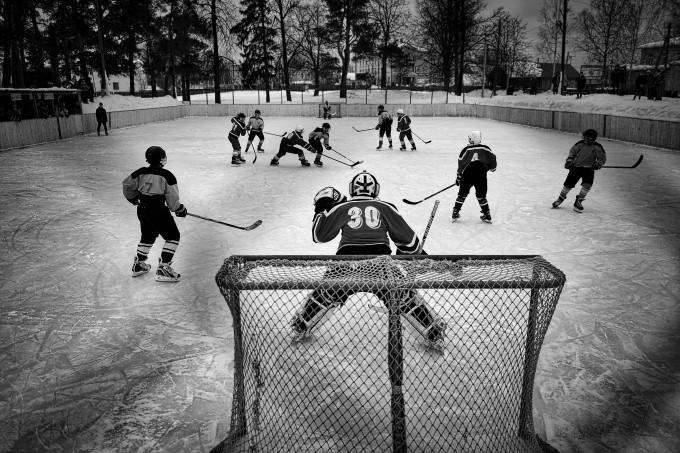
Матч между юниорскими любительскими командами города Ветлуга и посёлка Шаранга, город Ветлуга Нижегородской области
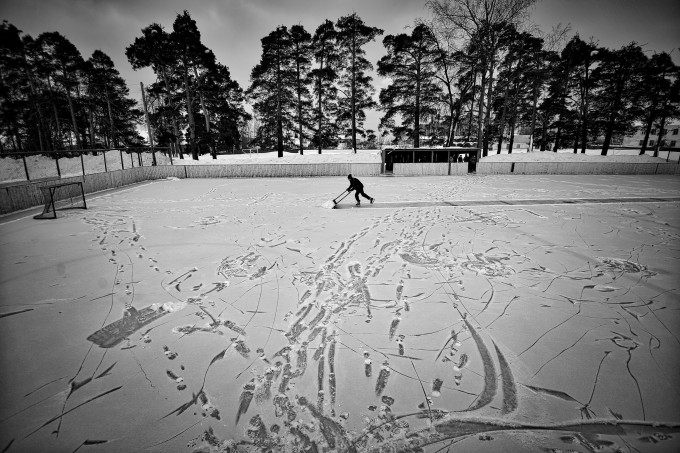
Подготовка стадиона любительского ХК “Ветлуга” к матчам, город Ветлуга Нижегородской области
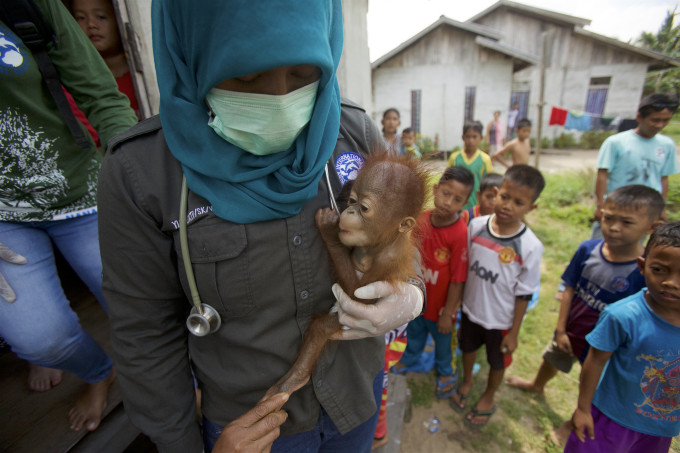
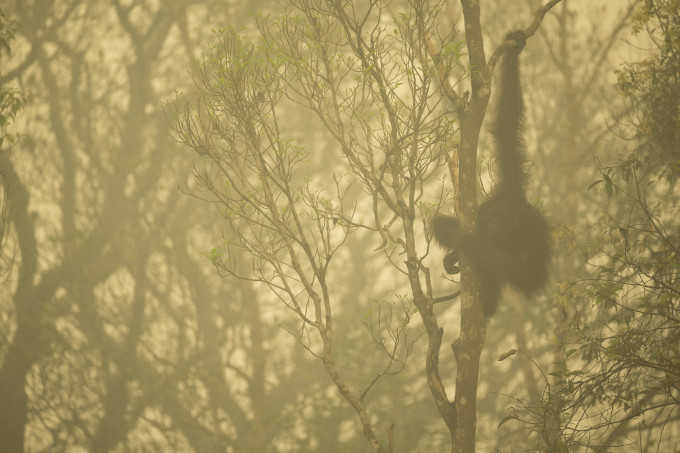
Bornean Orangutan (Pongo pygmaeus wurmbii
Central Kalimantan Province, Indonesia
Island of Borneo
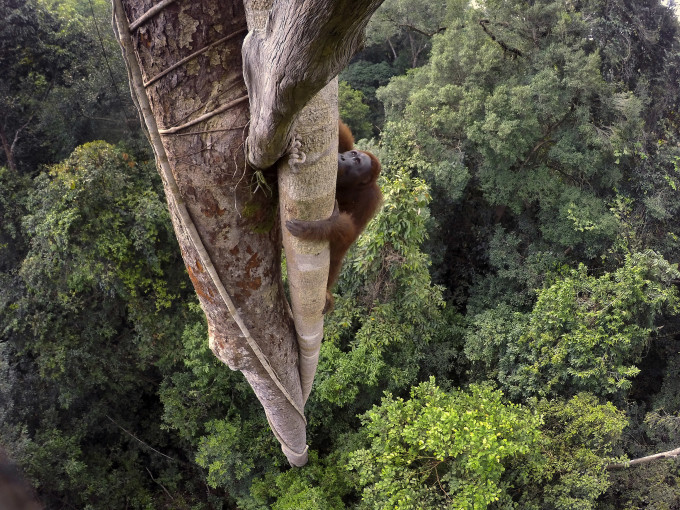
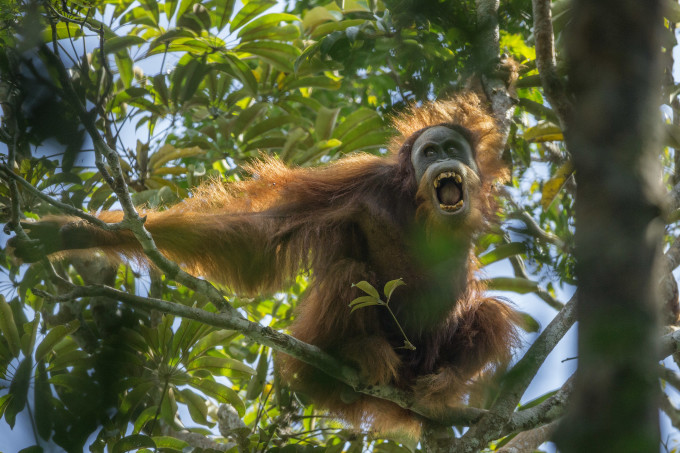
(Pongo abelii)
Batang Toru Population
Unidentified unflanged adult male making threatening display towards, Togus, the resident adult flanged male
Batang Toru Forest
Sumatran Orangutan Conservation Project
North Sumatran Province
Indonesia
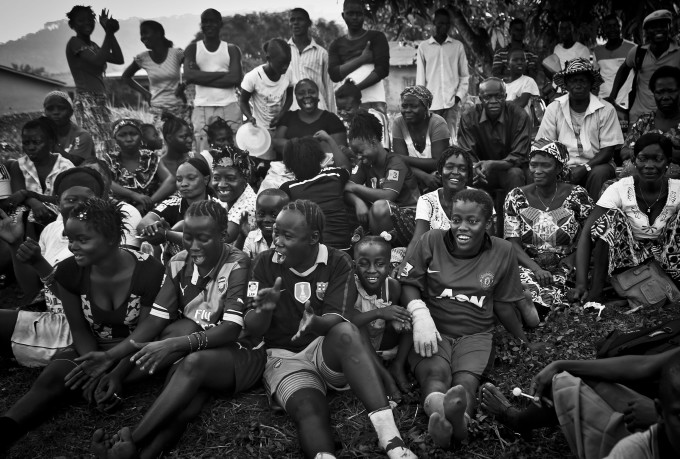
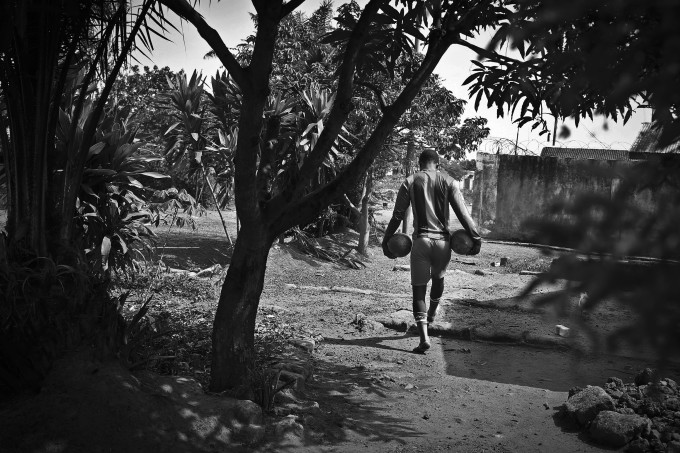
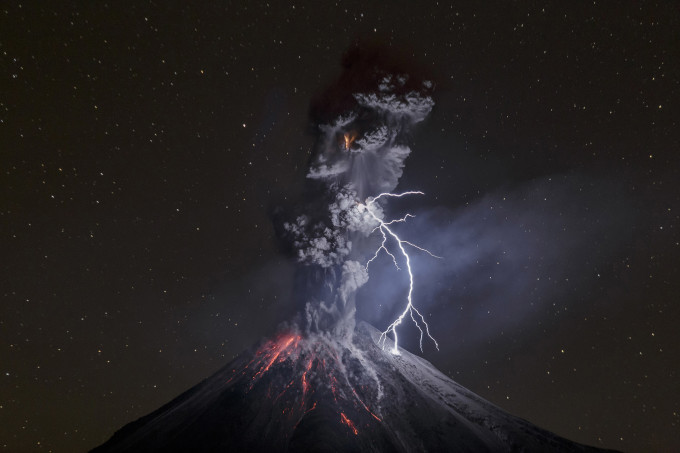
Colima Volcano had a period of enormous activity on july of 2015, at least 700 inhabitants were evacuated from their settlements. The volcano mantains activity with 3 to 6 explosions by day.
Lightning on Colima Volcano explosions became common on last months. This particular lightning is more than 600 meters long, so the big light made clear some details of the south portion of volcano. It’s an 8 seconds shot, time enough to catch the explosion and the lightning.
Photo: Sergio Velasco
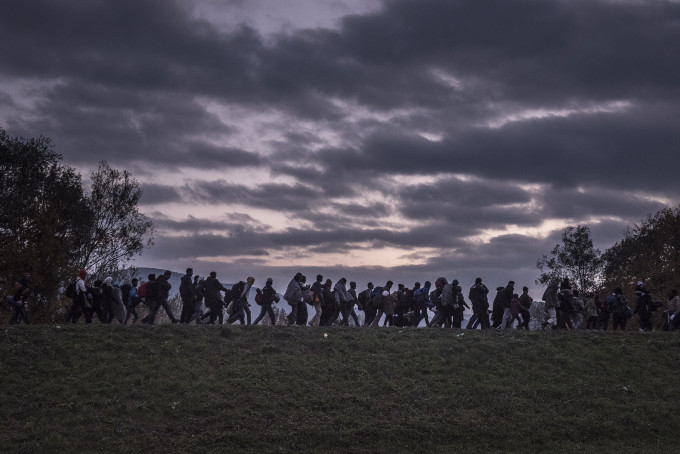
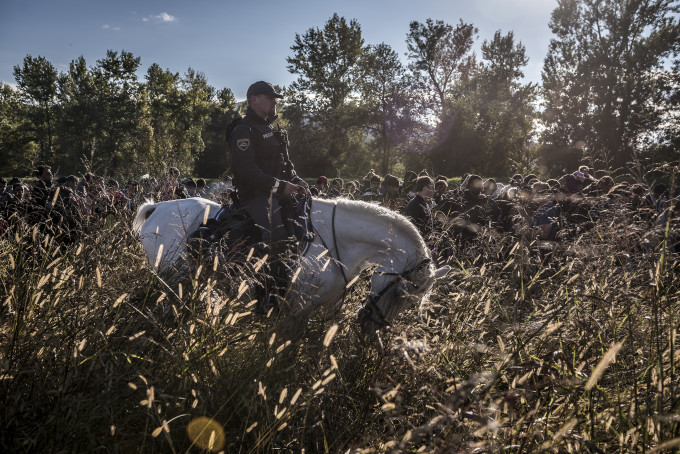
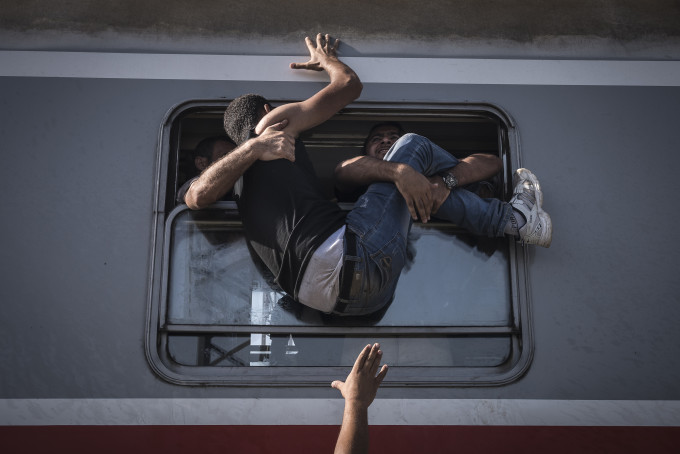
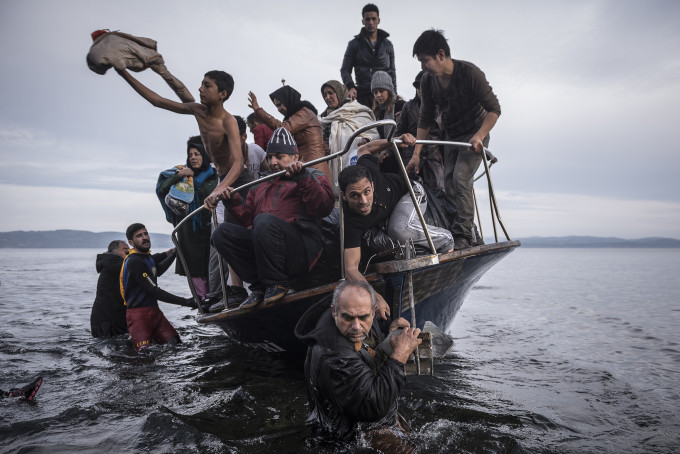




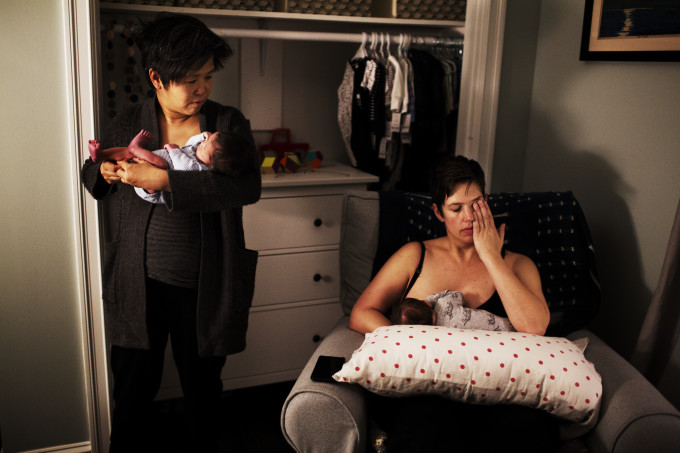
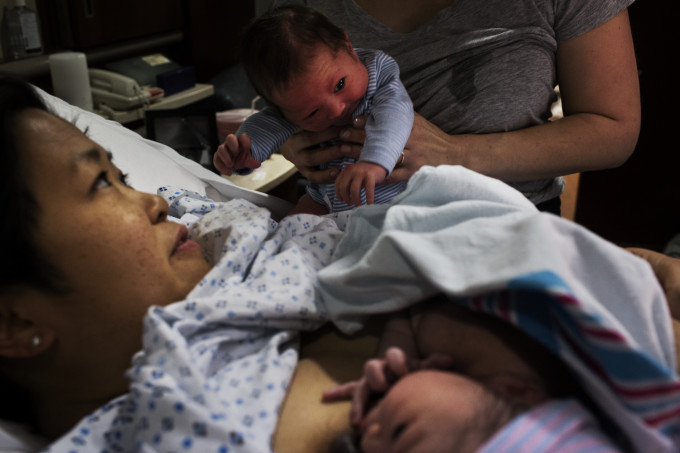
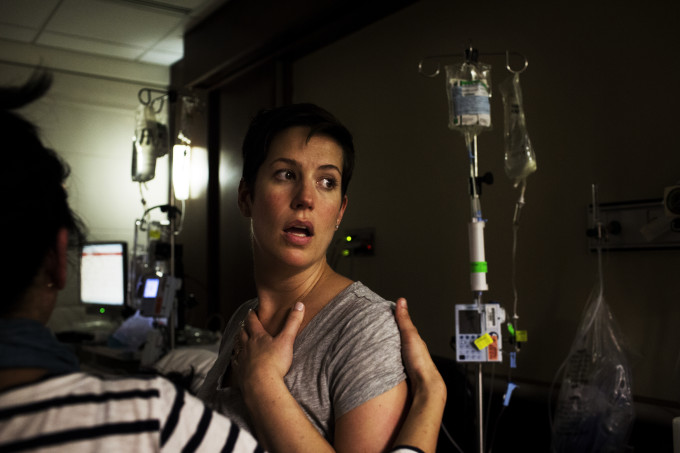

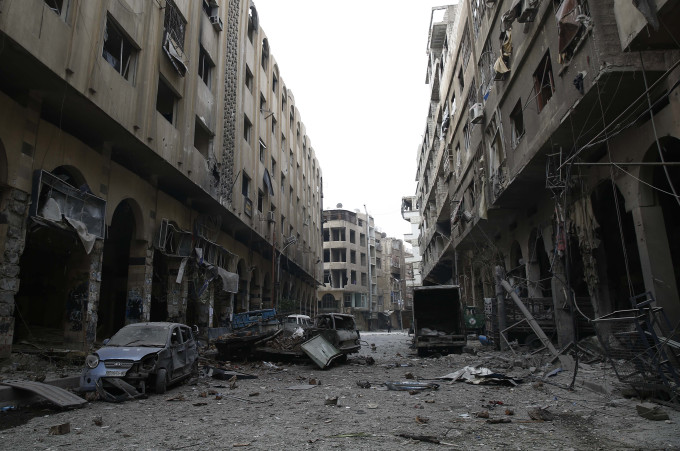
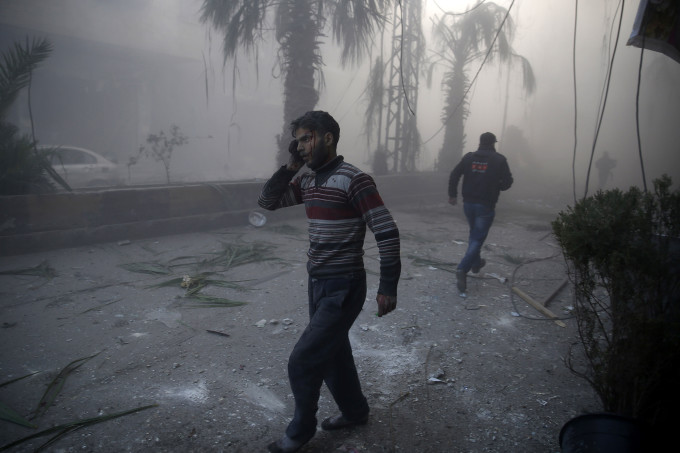
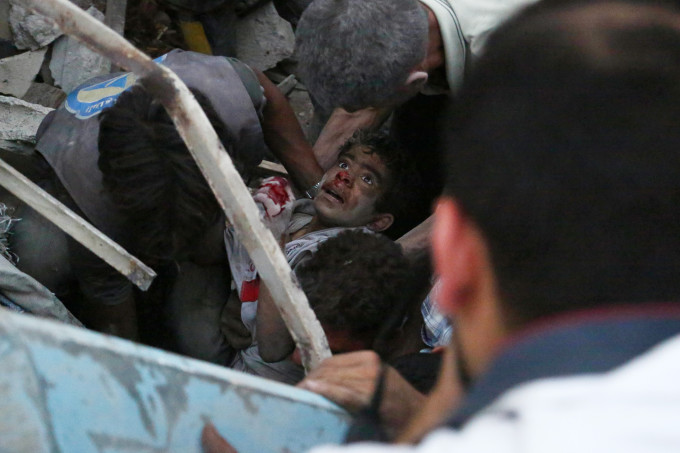
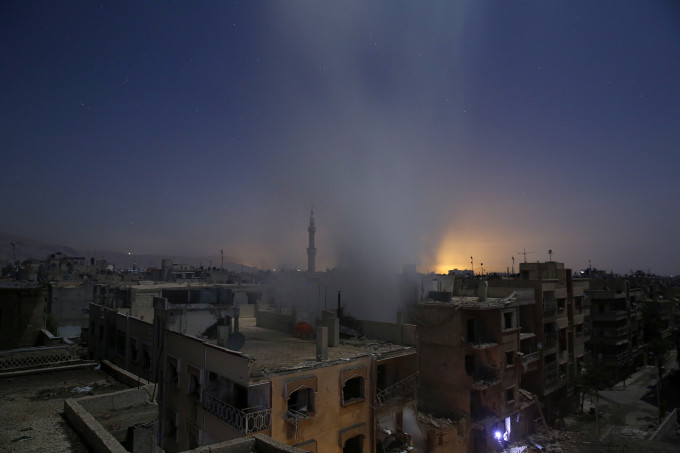
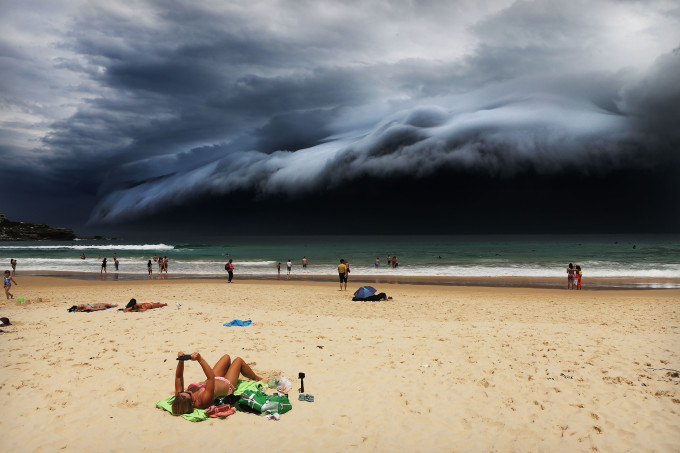
The enormous shelf cloud rolled in from the sea, turning the sky almost black and bringing violent thunderstorms in its wake.
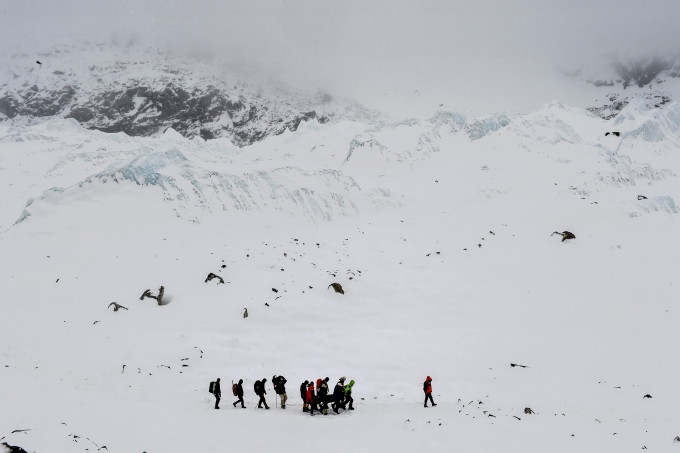
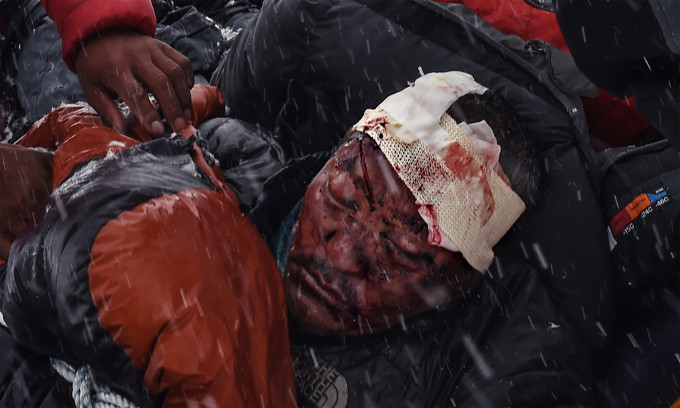
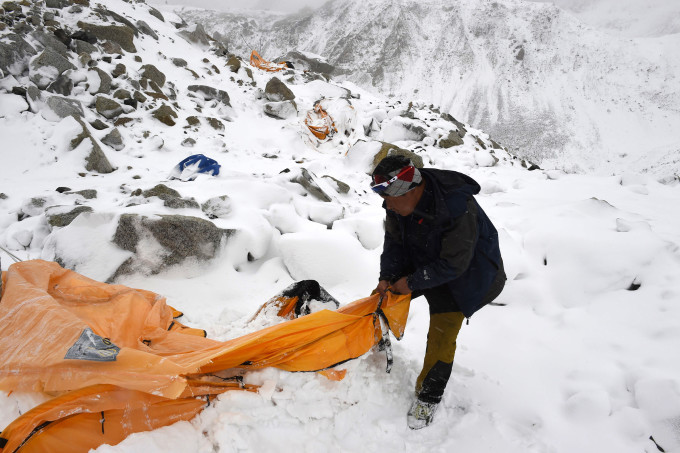
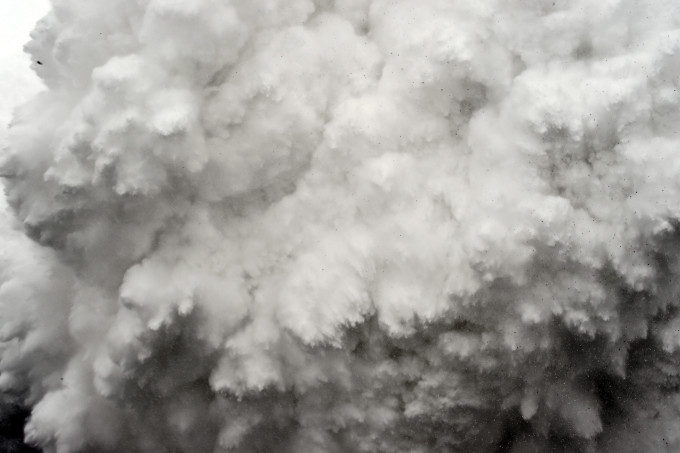
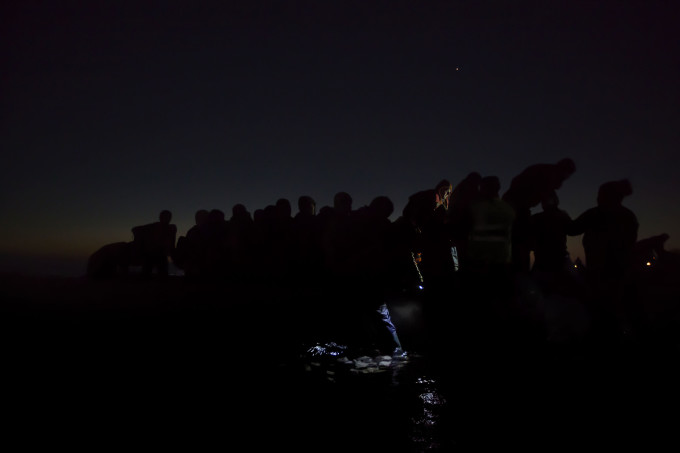
Innan november var slut passerade antalet asylsökande som anlände 1 miljon. En fjärdedel av flyktingarna är Syrier. Samtidigt som skyddsbehoven ökar stängs alltfler dörrar. Sedan Turkiet fått 27 miljarder kronor av EU patrullerar den turkiska kustbevakningen allt oftare. I praktiken går den svenska gränsen här, i vattnet mellan Grekland och Turkiet.
För att undvika upptäckt och att fängslas i Turkiet tar sig alltfler båtar över under skydd av mörkret. Frivilliga hjälparbetare möter de ofta nedkylda flyktingarna på den grekiska ön Lesbos

He became the fourth victim on the same street that night. The rival 18th Street gang surprised their enemies MS13 and shot them dead. Police have no witnesses to the event and probably the murder will never be solved.
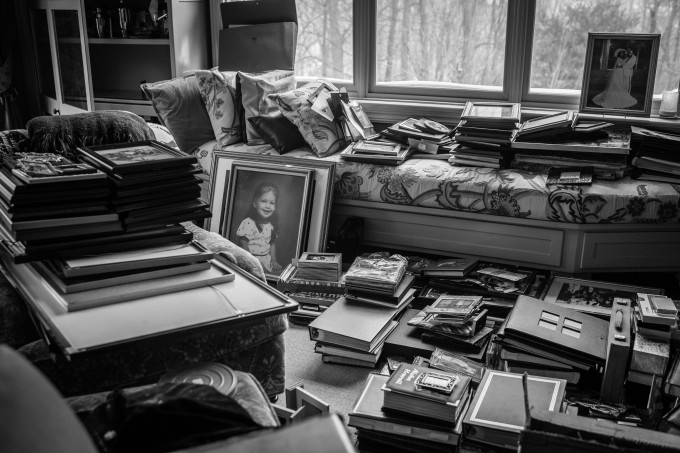
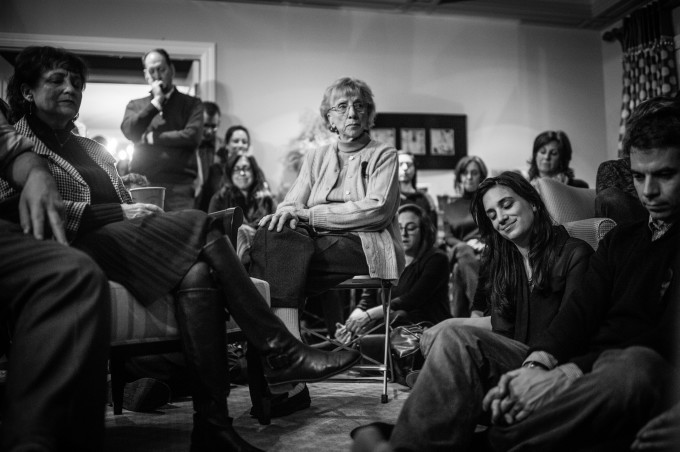
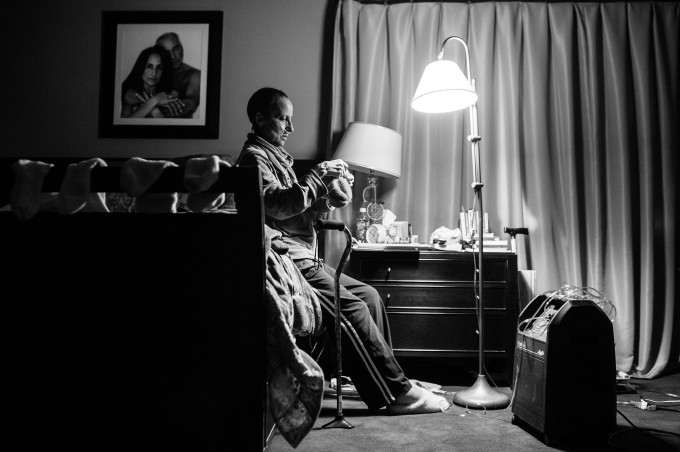
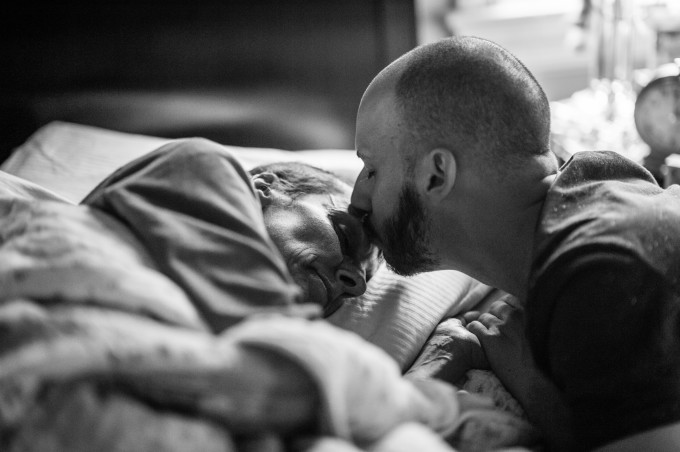
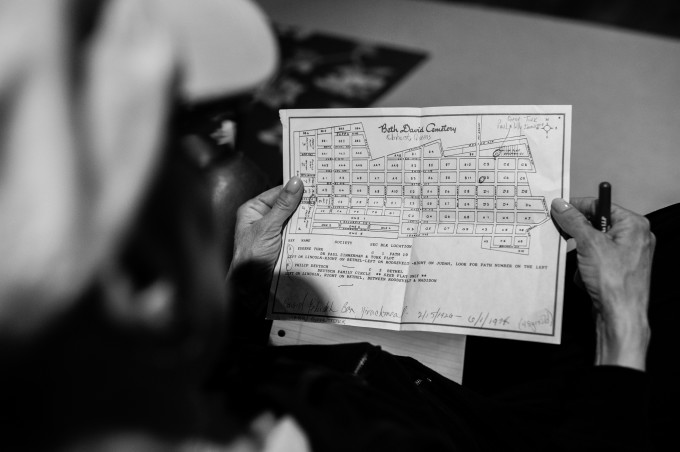
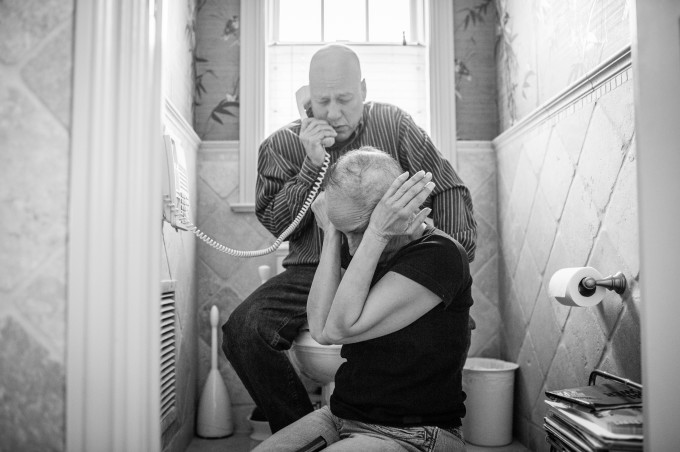
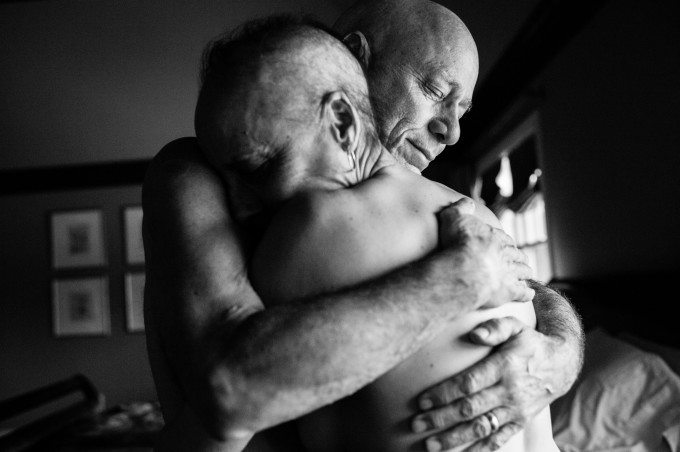
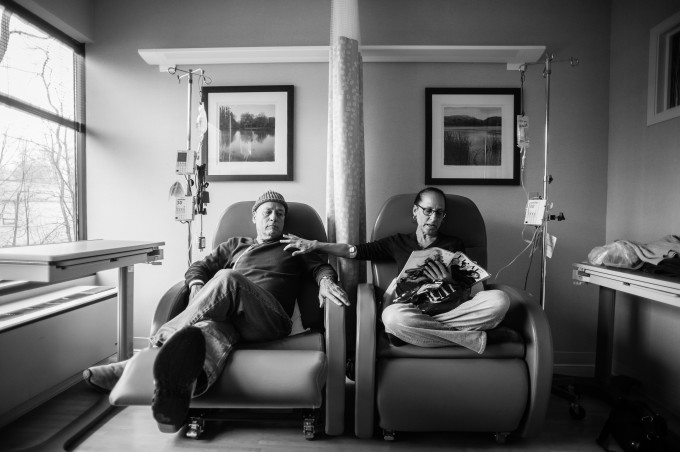
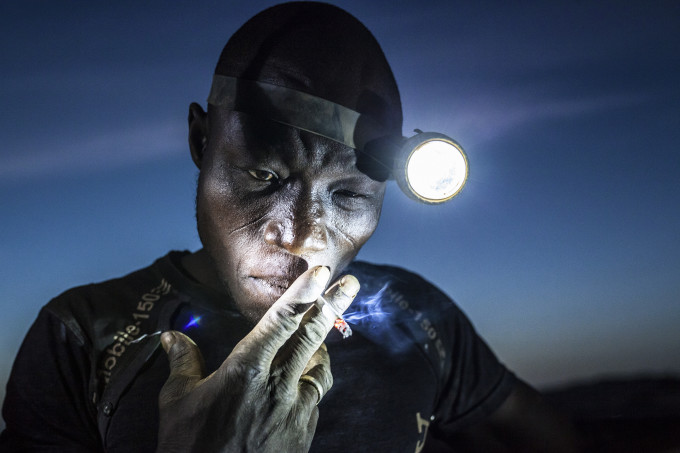
His ‘office’ is a 20 meters deep, narrow, dangerous and claustrophobic pit. The air there is thick, hot and humid with constant dust atacking his longs. He is just about to go into his pit again to do his night shift after he finishes his cigarete. Working in the night is better, he says, because the air is a bit cooler.
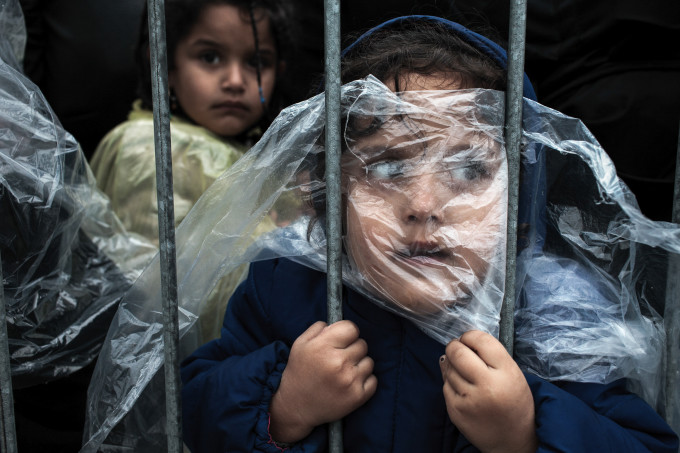
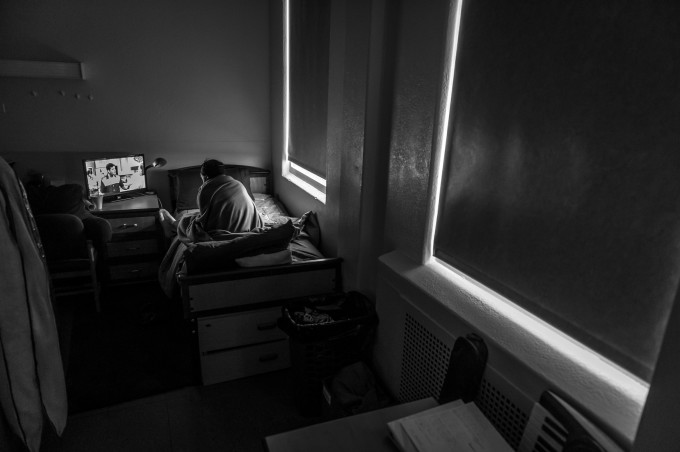
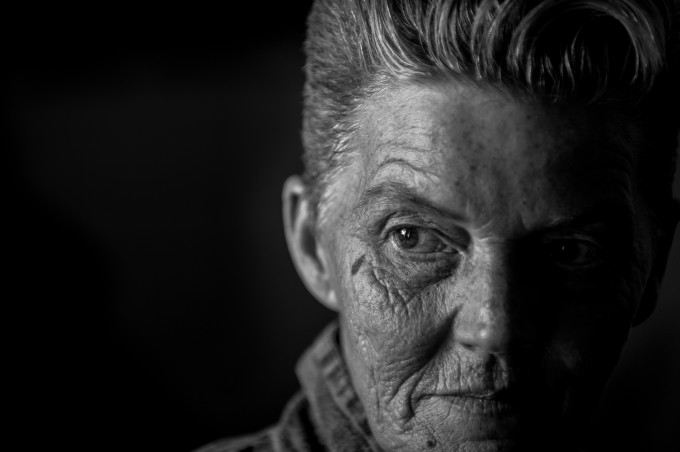
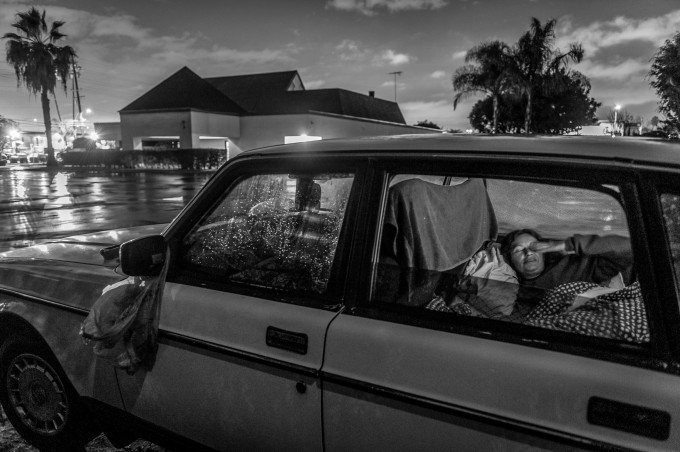
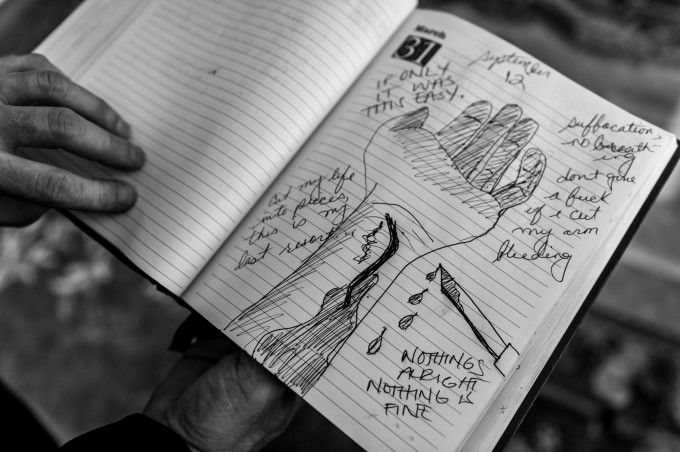
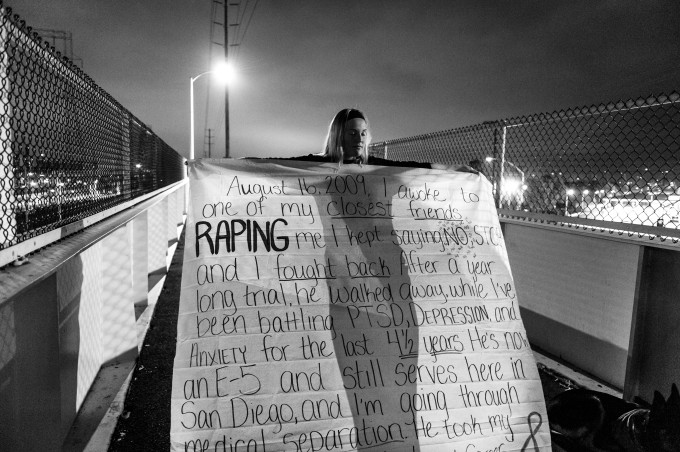
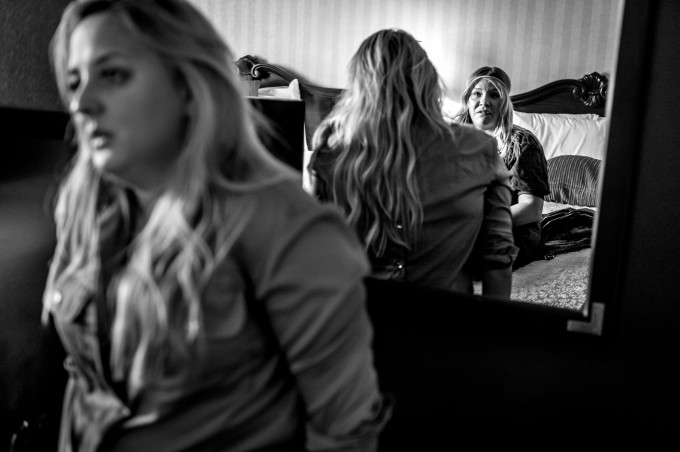
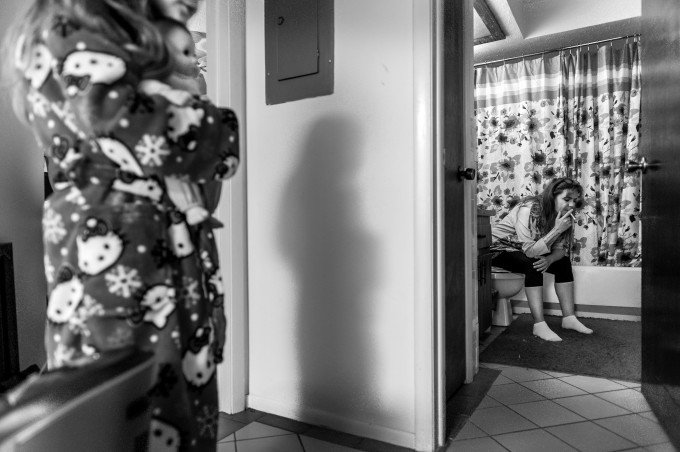
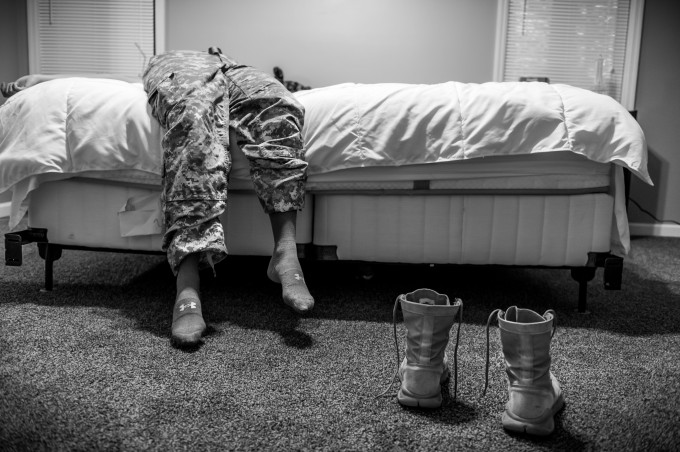




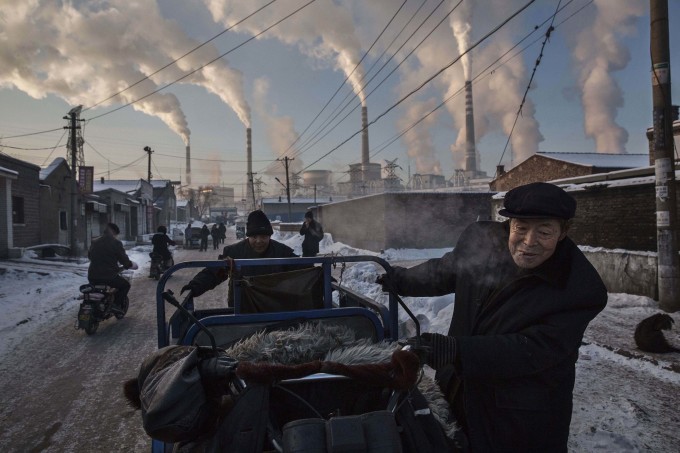
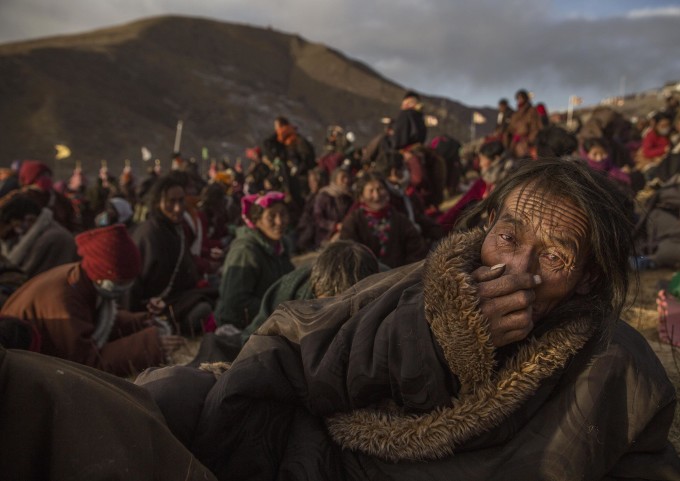
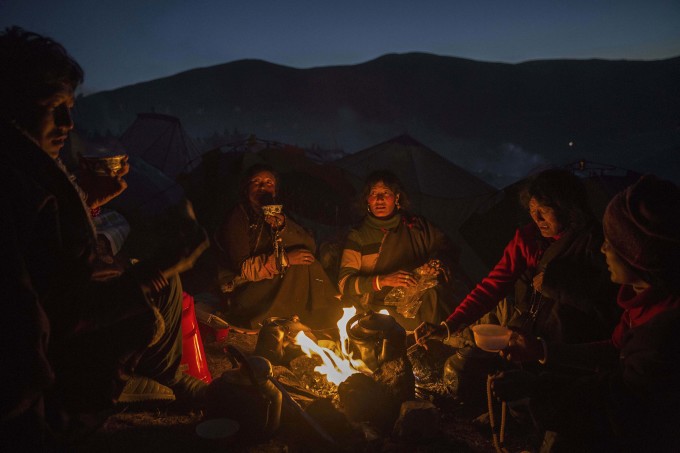
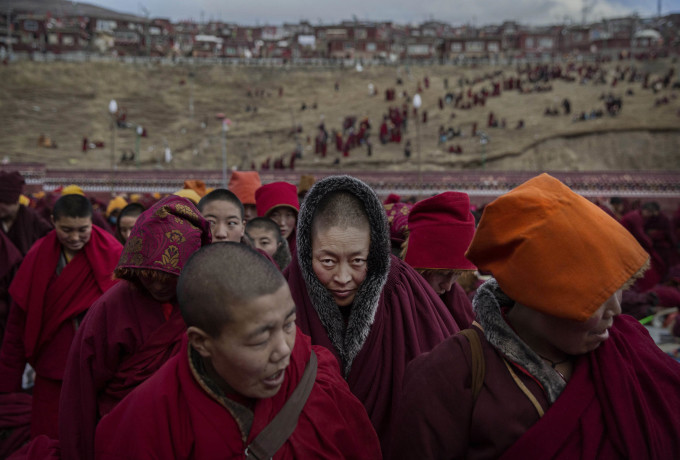
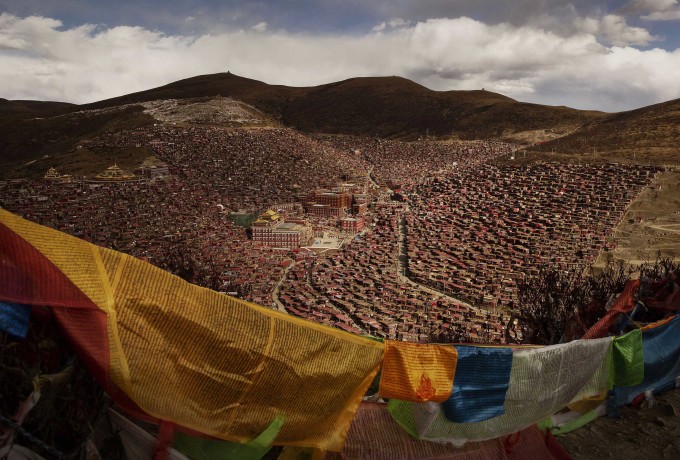

Now it’s like I just came back to life and I’m a child again. It’s interesting for me to touch, feel, play, go on a picnic. I just learned how to ride a bike this year.”
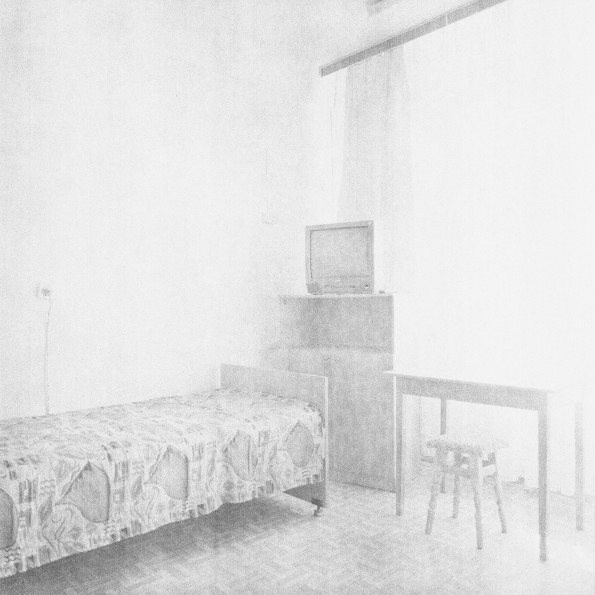
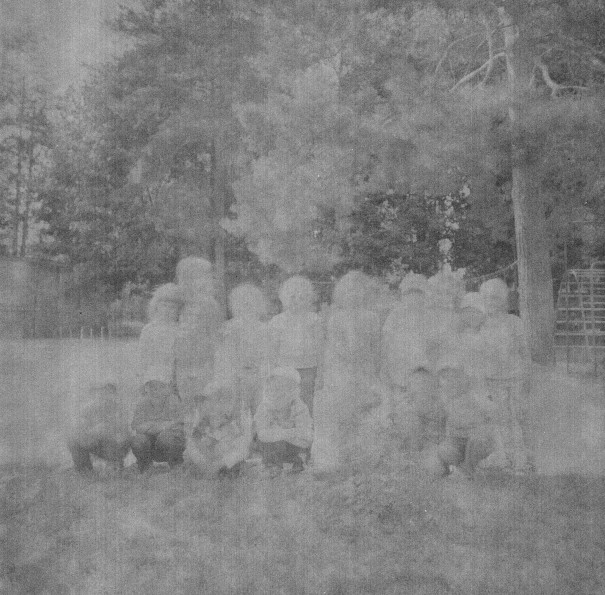
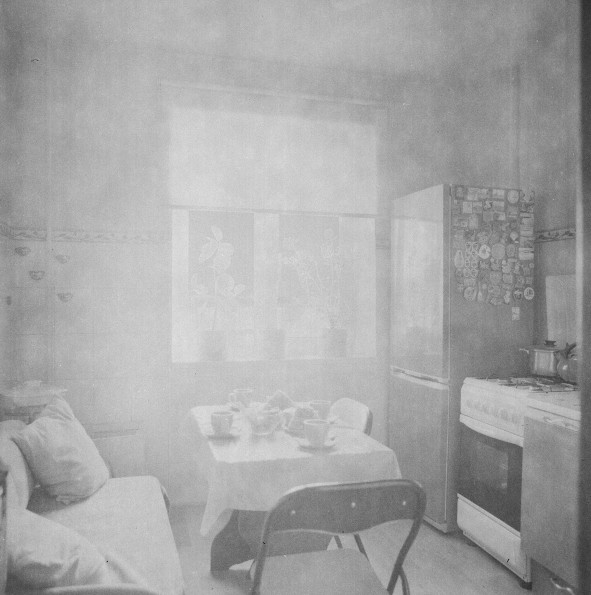
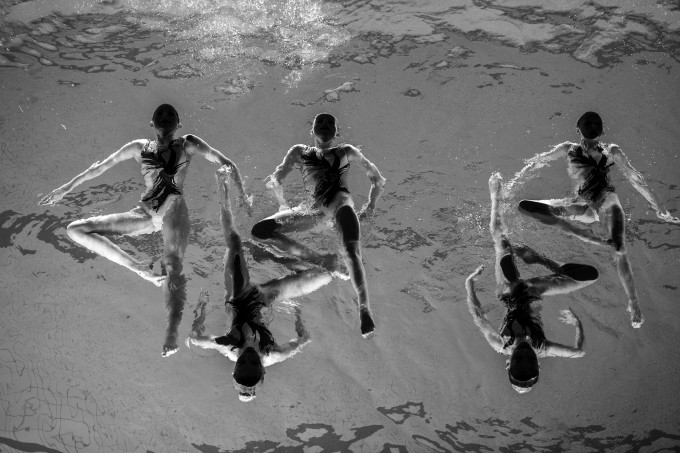

(John J. Kim/Chicago Tribune)

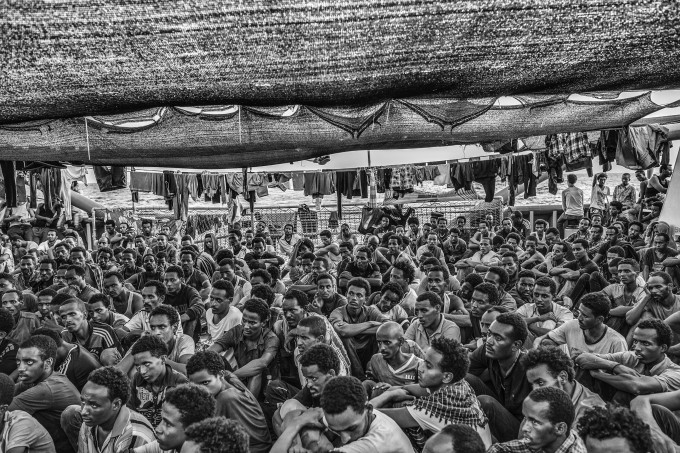
In 2015 the ever-increasing number of migrants attempting to cross the Mediterranean Sea on unseaworthy vessels towards Europe led to an unprecedented crisis. Nearly 120 thousand people have reached Italy in the first 8 months of the year. While the European governments struggled to deal with the influx, the death toll in the Mediterranean reached record numbers.
Early in May the international medical relief organization Médecins Sans Frontières (M.S.F.) joined in the search and rescue operations led in the Mediterranean Sea and launched three ships at different stages: the Phoenix (run by the Migrant Offshore Aid Station), the Bourbon Argos and Dignity.
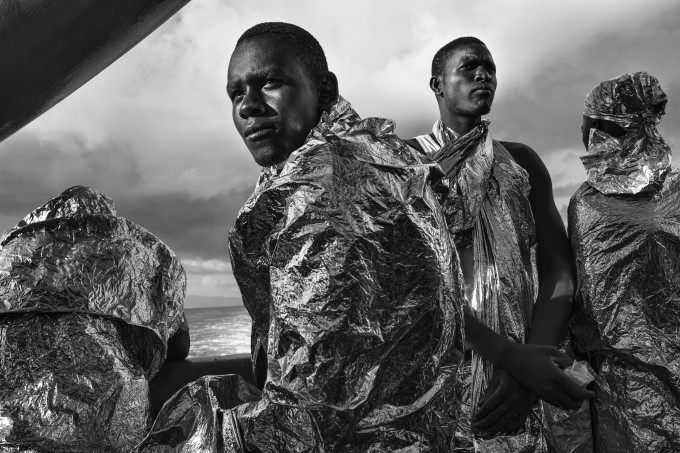
In 2015 the ever-increasing number of migrants attempting to cross the Mediterranean Sea on unseaworthy vessels towards Europe led to an unprecedented crisis. Nearly 120 thousand people have reached Italy in the first 8 months of the year. While the European governments struggled to deal with the influx, the death toll in the Mediterranean reached record numbers.
Early in May the international medical relief organization Médecins Sans Frontières (M.S.F.) joined in the search and rescue operations led in the Mediterranean Sea and launched three ships at different stages: the Phoenix (run by the Migrant Offshore Aid Station), the Bourbon Argos and Dignity.
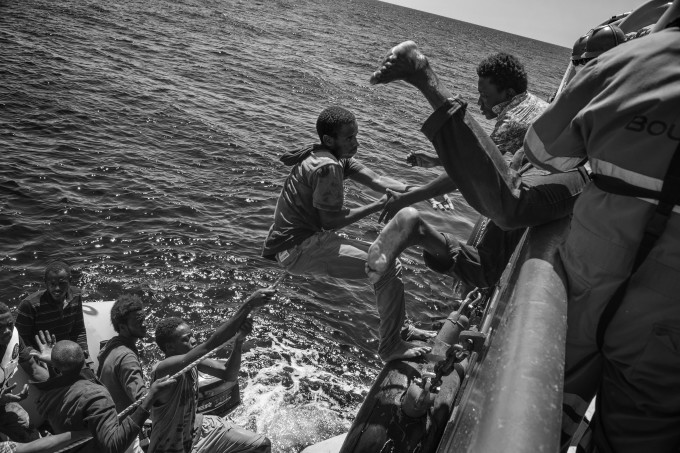
In 2015 the ever-increasing number of migrants attempting to cross the Mediterranean Sea on unseaworthy vessels towards Europe led to an unprecedented crisis. Nearly 120 thousand people have reached Italy in the first 8 months of the year. While the European governments struggled to deal with the influx, the death toll in the Mediterranean reached record numbers.
Early in May the international medical relief organization Médecins Sans Frontières (M.S.F.) joined in the search and rescue operations led in the Mediterranean Sea and launched three ships at different stages: the Phoenix (run by the Migrant Offshore Aid Station), the Bourbon Argos and Dignity.
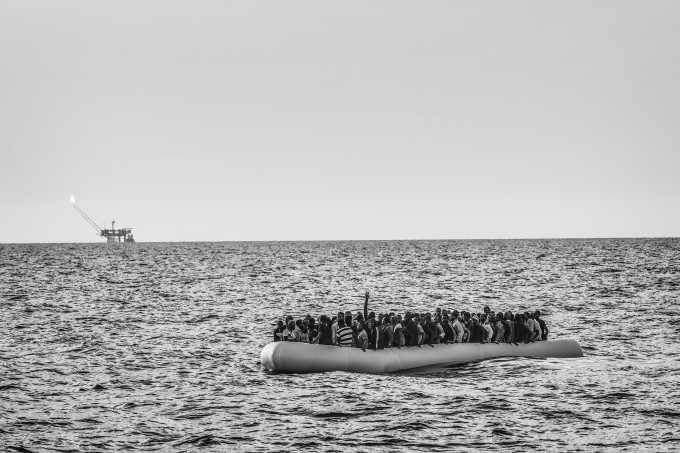
In 2015 the ever-increasing number of migrants attempting to cross the Mediterranean Sea on unseaworthy vessels towards Europe led to an unprecedented crisis. Nearly 120 thousand people have reached Italy in the first 8 months of the year. While the European governments struggled to deal with the influx, the death toll in the Mediterranean reached record numbers.
Early in May the international medical relief organization Médecins Sans Frontières (M.S.F.) joined in the search and rescue operations led in the Mediterranean Sea and launched three ships at different stages: the Phoenix (run by the Migrant Offshore Aid Station), the Bourbon Argos and Dignity.
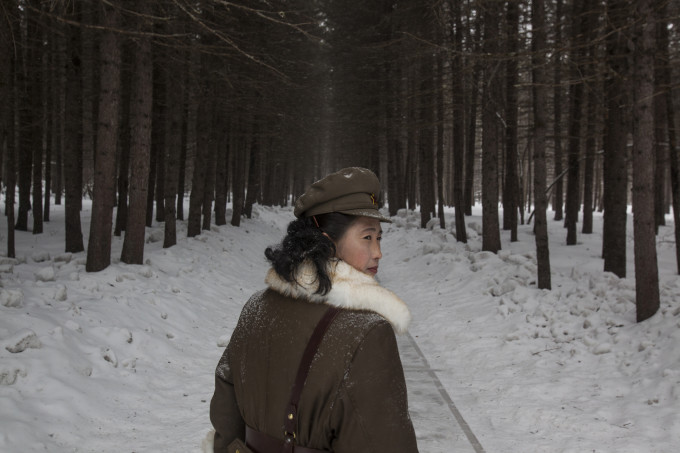
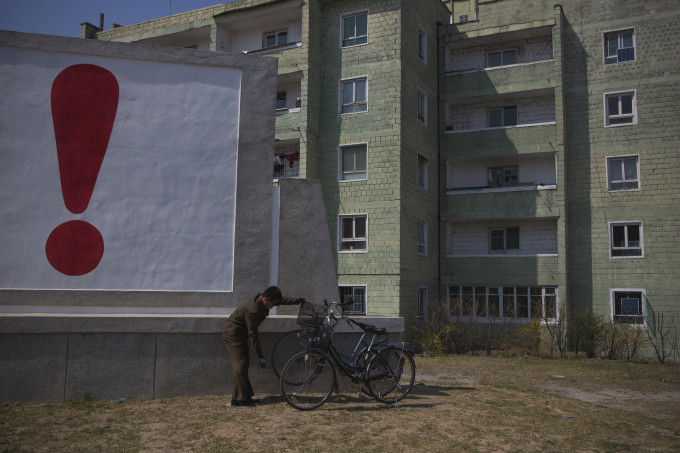
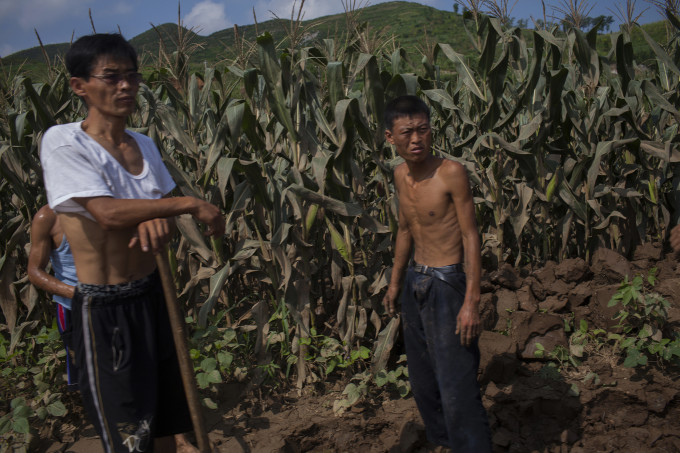

Photo by David Guttenfelder
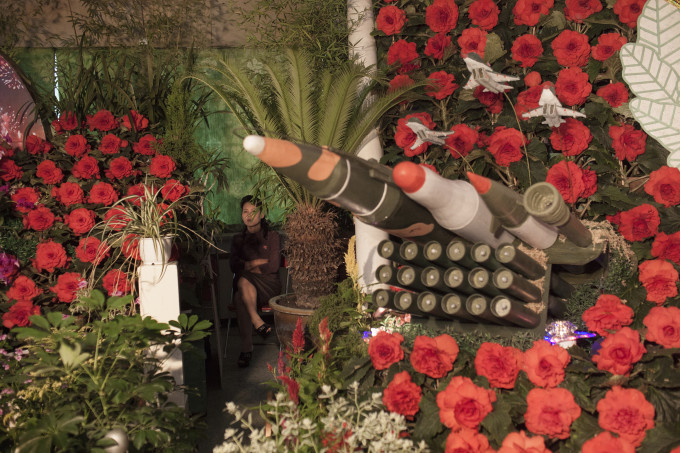
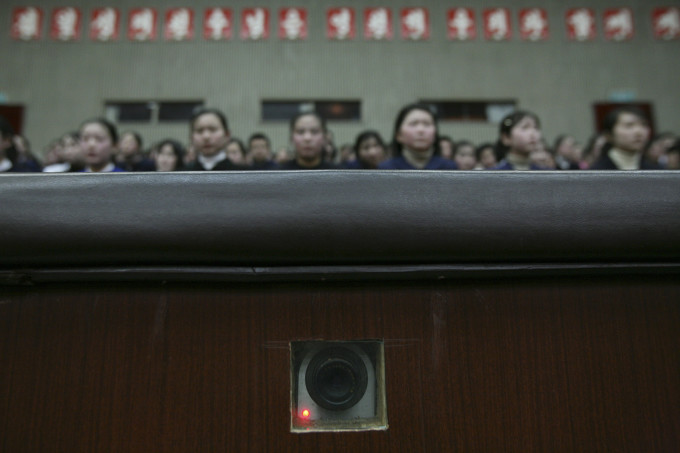
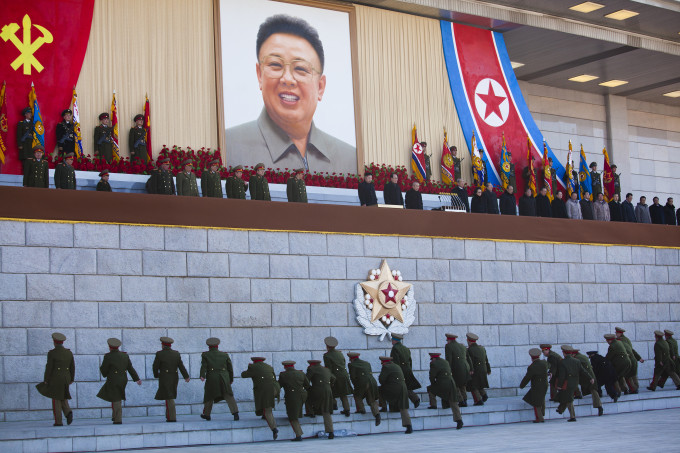
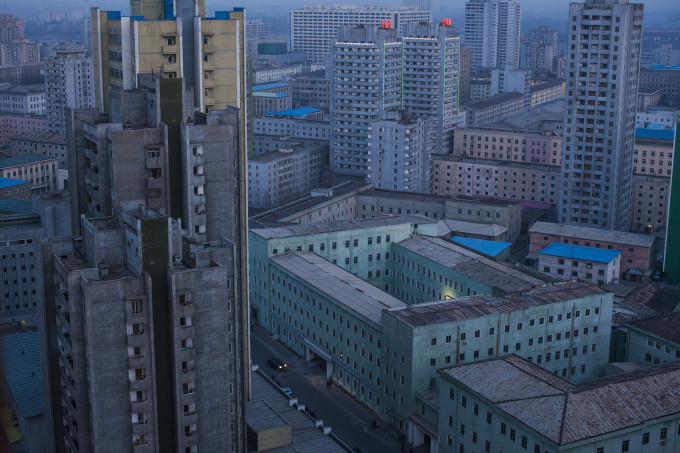
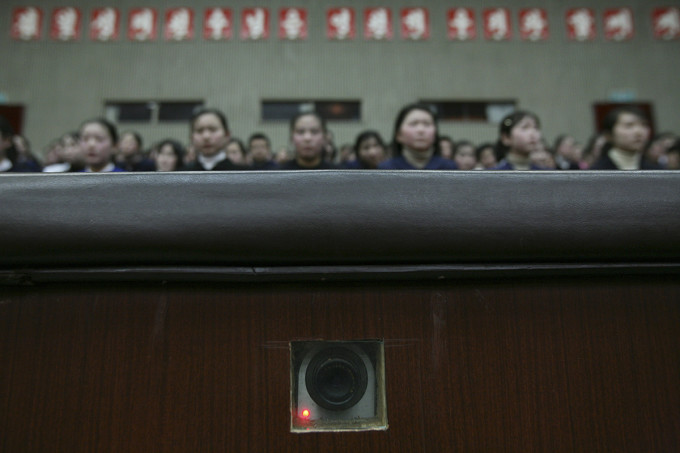
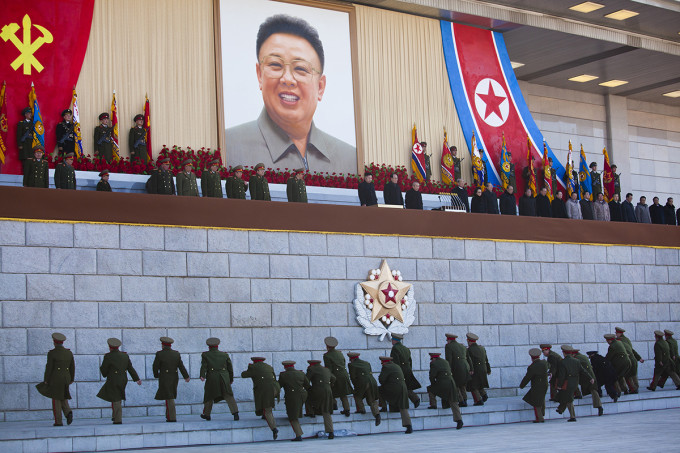
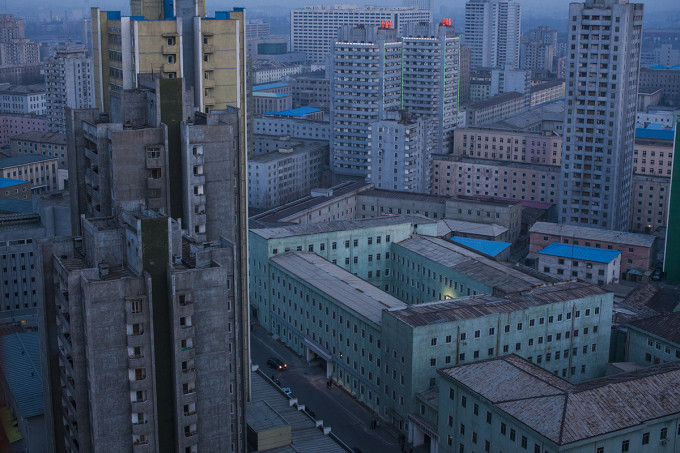


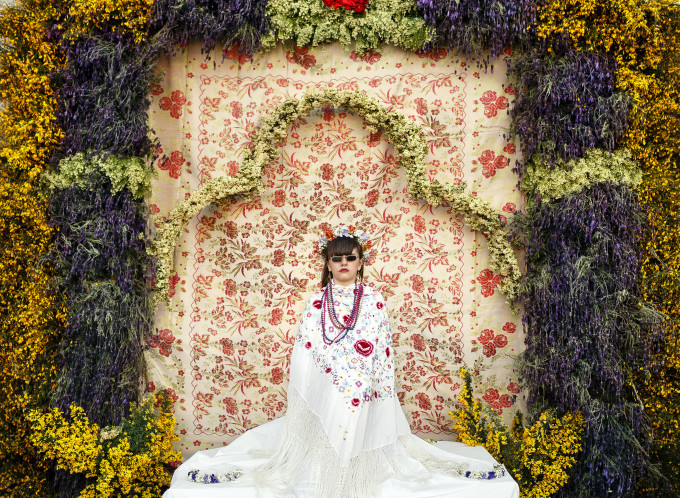
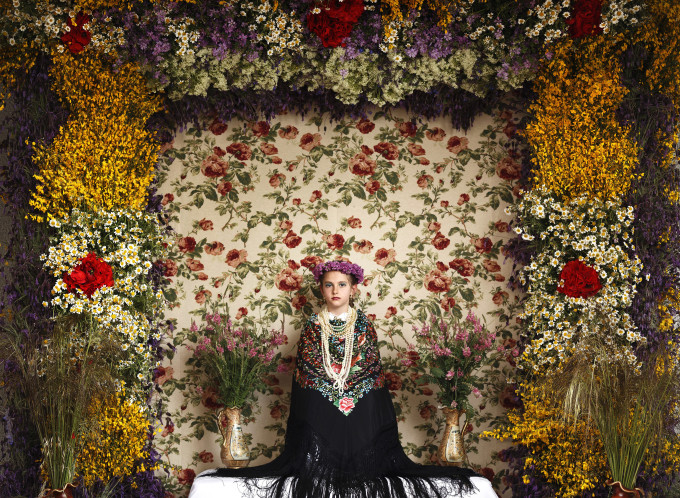
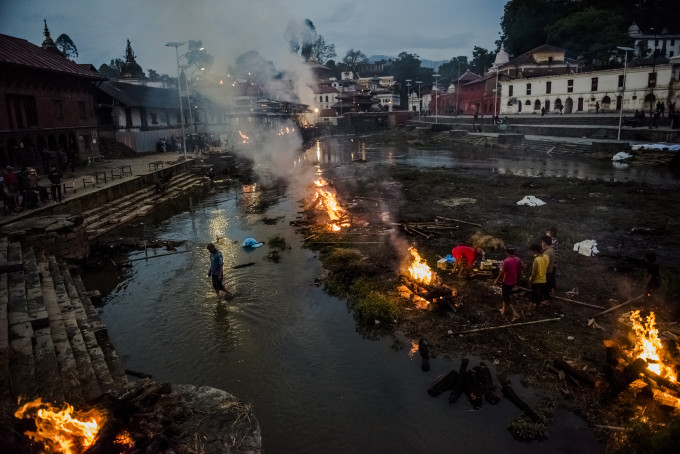
Flames rise from burning funeral pyres during the cremation of earthquake victims, at the Pashupatinath temple on the banks of Bagmati river on April 28, 2015 in Kathmandu, Nepal. On the 25th of April, just before noon local time, as farmers were out in fields and people at home or work, a devastating earthquake struck Nepal, killing over 8,000 people and injuring more than 21,000 according to the United Nations Office for the Coordination of Humanitarian Affairs. Homes, buildings and temples in Kathmandu were destroyed in the 7.8 magnitude quake, which left over 2.8 million people homeless, but it was the mountainous districts away from the capital that were the hardest hit. Villagers pulled the bodies of their loved ones from the rubble by hand and the wails of grieving families echoed through the mountains, as mothers were left to bury their own children. Over the following weeks and months, villagers picked through ruins desperate to recover whatever personal possessions they could find and salvage any building materials that could be reused. Despite relief teams arriving from all over the world in the days after the quake hit, thousands of residents living in remote hillside villages were left to fend for themselves, as rescuers struggled to reach all those affected. Multiple aftershocks, widespread damage and fear kept tourists away from the country known for its searing Himalayan peaks, damaging a vital climbing and trekking industry and compounding the recovery effort in the face of a disaster from which the people of Nepal continue to battle to recover.
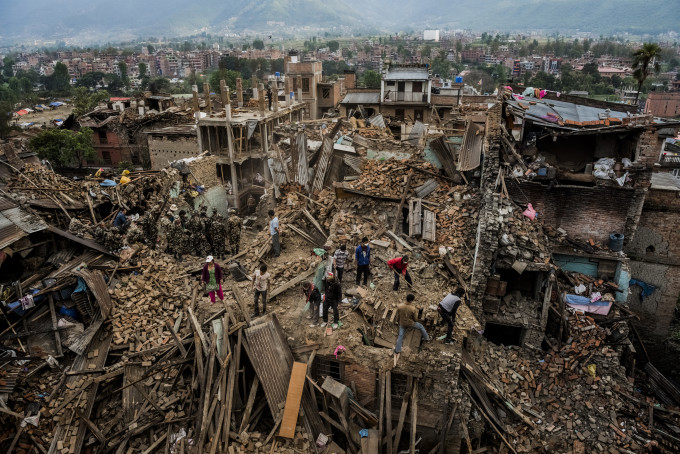
Residents forage through their destroyed homes, gathering salvageable belongings on April 29, 2015 in Bhaktapur, Nepal. On the 25th of April, just before noon local time, as farmers were out in fields and people at home or work, a devastating earthquake struck Nepal, killing over 8,000 people and injuring more than 21,000 according to the United Nations Office for the Coordination of Humanitarian Affairs. Homes, buildings and temples in Kathmandu were destroyed in the 7.8 magnitude quake, which left over 2.8 million people homeless, but it was the mountainous districts away from the capital that were the hardest hit. Villagers pulled the bodies of their loved ones from the rubble by hand and the wails of grieving families echoed through the mountains, as mothers were left to bury their own children. Over the following weeks and months, villagers picked through ruins desperate to recover whatever personal possessions they could find and salvage any building materials that could be reused. Despite relief teams arriving from all over the world in the days after the quake hit, thousands of residents living in remote hillside villages were left to fend for themselves, as rescuers struggled to reach all those affected. Multiple aftershocks, widespread damage and fear kept tourists away from the country known for its searing Himalayan peaks, damaging a vital climbing and trekking industry and compounding the recovery effort in the face of a disaster from which the people of Nepal continue to battle to recover.
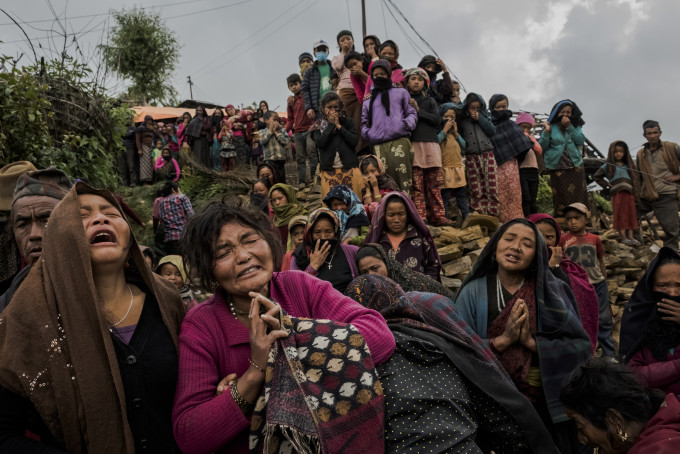
Bishnu Gurung (3L) weeps as the body of her daughter, Rejina Gurung, 3, (unseen), is recovered from the rubble of her earthquake destroyed home, on May 8, 2015 in the village of Gumda, Nepal. Neighbors discovered the body of the small girl in the collapsed entrance of the Gurung family home, ending a 13 day search for Rejina in the remote mountainous village of Gumda in Gorkha district. On the 25th of April, just before noon local time, as farmers were out in fields and people at home or work, a devastating earthquake struck Nepal, killing over 8,000 people and injuring more than 21,000 according to the United Nations Office for the Coordination of Humanitarian Affairs. Homes, buildings and temples in Kathmandu were destroyed in the 7.8 magnitude quake, which left over 2.8 million people homeless, but it was the mountainous districts away from the capital that were the hardest hit. Villagers pulled the bodies of their loved ones from the rubble by hand and the wails of grieving families echoed through the mountains, as mothers were left to bury their own children. Over the following weeks and months, villagers picked through ruins desperate to recover whatever personal possessions they could find and salvage any building materials that could be reused. Despite relief teams arriving from all over the world in the days after the quake hit, thousands of residents living in remote hillside villages were left to fend for themselves, as rescuers struggled to reach all those affected. Multiple aftershocks, widespread damage and fear kept tourists away from the country known for its searing Himalayan peaks, damaging a vital climbing and trekking industry and compounding the recovery effort in the face of a disaster from which the people of Nepal continue to battle to recover.
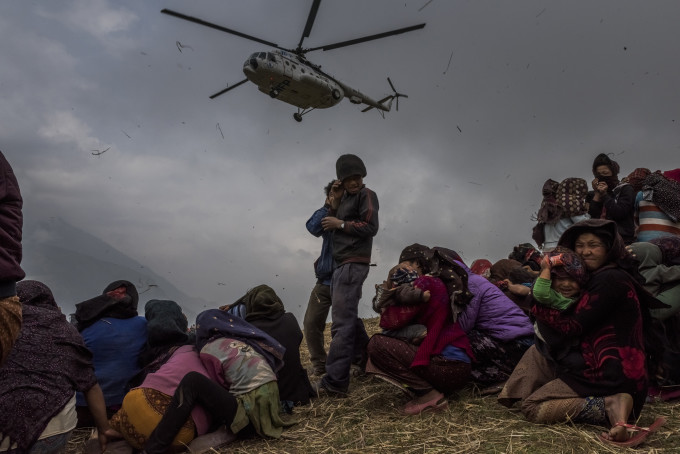
Nepalese villagers look on as they watch a helicopter picking up a medical team, dropping aid at the edge of a makeshift landing zone on May 9, 2015 in the village of Gumda, Nepal. On the 25th of April, just before noon local time, as farmers were out in fields and people at home or work, a devastating earthquake struck Nepal, killing over 8,000 people and injuring more than 21,000 according to the United Nations Office for the Coordination of Humanitarian Affairs. Homes, buildings and temples in Kathmandu were destroyed in the 7.8 magnitude quake, which left over 2.8 million people homeless, but it was the mountainous districts away from the capital that were the hardest hit. Villagers pulled the bodies of their loved ones from the rubble by hand and the wails of grieving families echoed through the mountains, as mothers were left to bury their own children. Over the following weeks and months, villagers picked through ruins desperate to recover whatever personal possessions they could find and salvage any building materials that could be reused. Despite relief teams arriving from all over the world in the days after the quake hit, thousands of residents living in remote hillside villages were left to fend for themselves, as rescuers struggled to reach all those affected. Multiple aftershocks, widespread damage and fear kept tourists away from the country known for its searing Himalayan peaks, damaging a vital climbing and trekking industry and compounding the recovery effort in the face of a disaster from which the people of Nepal continue to battle to recover.
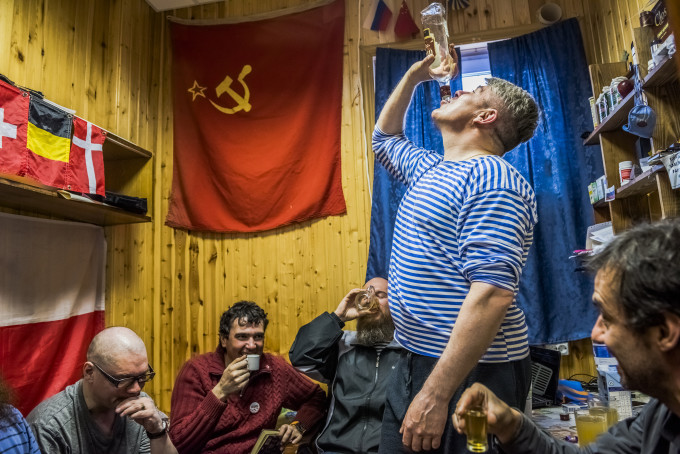
The winter expedition crew of Russian research team and (R) Chilean scientist Dr Ernesto Molina, drink “Samagon” a home-made vodka, as they sit in a bedroom of the Bellingshausen Antarctica base on the 28th of November, 2015 near Villa Las Estrellas, in the Fildes Peninsula on King George Island, Antarctica. More than a century has passed since explorers raced to plant their flags at the bottom of the world. But today, an array of countries are rushing to assert greater influence in Antarctica. Russia built the continent’s first Orthodox church, pictured here, on a glacier-filled island with fjords and elephant seals. Less than an hour away by snowmobile, Chinese labourers have updated the Great Wall Station, a linchpin in China’s plan to operate 5 bases on Antarctica. And India’s futuristic new Bharathi base resembles a spaceship. The continent is supposed to be protected as a scientific preserve for decades to come, but many are looking toward the day those protective treaties expire — and exploring the strategic and commercial opportunities that exist right now.
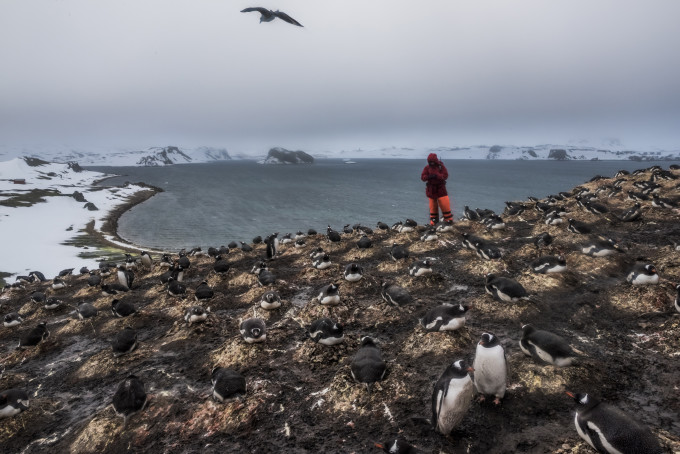
A Member of a German research team from the Friedrich Schiller University Jena, counts the number of penguin species and pairs as part of ongoing research on bird and penguin species in Antarctica, on 7th of December, 2015 on Ardley Island in the Fildes Peninsula on King George Island, Antarctica. Yardley Island has been designated an Antarctic Specially Protected Area (ASPA 150) because of the importance of its seabird and penguin colonies. More than a century has passed since explorers raced to plant their flags at the bottom of the world. But today, an array of countries are rushing to assert greater influence in Antarctica. Russia built the continent’s first Orthodox church, pictured here, on a glacier-filled island with fjords and elephant seals. Less than an hour away by snowmobile, Chinese labourers have updated the Great Wall Station, a linchpin in China’s plan to operate 5 bases on Antarctica. And India’s futuristic new Bharathi base resembles a spaceship. The continent is supposed to be protected as a scientific preserve for decades to come, but many are looking toward the day those protective treaties expire — and exploring the strategic and commercial opportunities that exist right now.
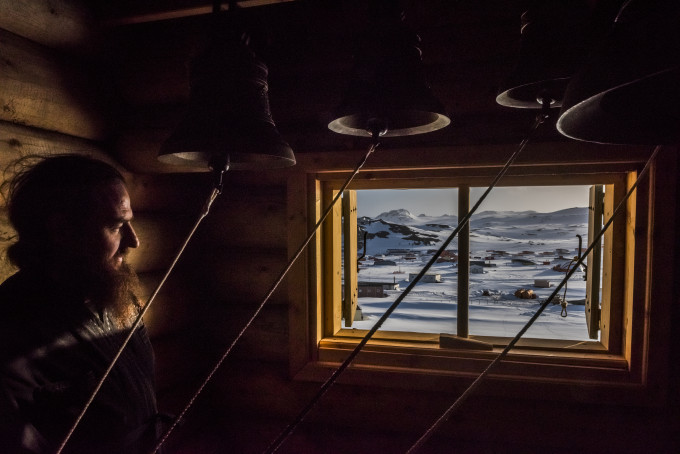
Priest, Father Benjam Maltzev looks on in the Bell room, after a vigil at the Russian Orthodox Church of the Holy Trinity on the 3rd of December, 2015 at the Bellingshausen Russian Antarctic research base in the Fildes Peninsula on King George Island, Antarctica. More than a century has passed since explorers raced to plant their flags at the bottom of the world. But today, an array of countries are rushing to assert greater influence in Antarctica. Russia built the continent’s first Orthodox church, pictured here, on a glacier-filled island with fjords and elephant seals. Less than an hour away by snowmobile, Chinese labourers have updated the Great Wall Station, a linchpin in China’s plan to operate 5 bases on Antarctica. And India’s futuristic new Bharathi base resembles a spaceship. The continent is supposed to be protected as a scientific preserve for decades to come, but many are looking toward the day those protective treaties expire — and exploring the strategic and commercial opportunities that exist right now.
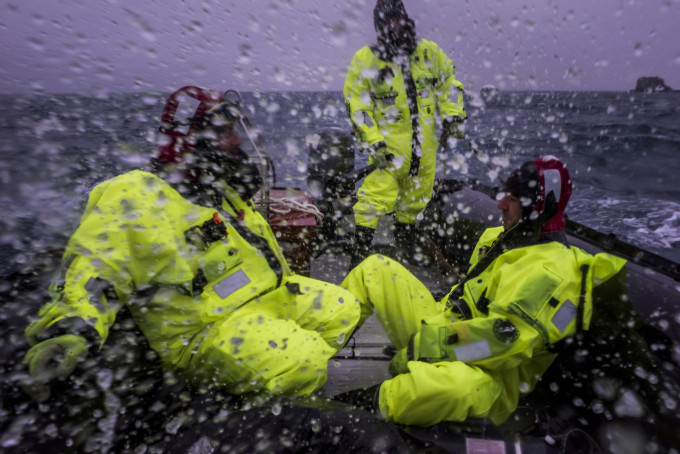
Chilean scientist, Dr Ernesto Molina, supported by logisticians from the Chilean Antarctic Institute, are battered by waves on their way back to base after having taken sea-water samples on the 2nd of December, 2015 in the Fildes Peninsula on King George Island, Antarctica. Chilean scientist, Dr Ernesto Molina, supported by the Chilean Antarctic Institute, INACH, research focuses on climate changes’ impact on marine ecosystems, focusing on Phytoplankton dynamics. More than a century has passed since explorers raced to plant their flags at the bottom of the world. But today, an array of countries are rushing to assert greater influence in Antarctica. Russia built the continent’s first Orthodox church, pictured here, on a glacier-filled island with fjords and elephant seals. Less than an hour away by snowmobile, Chinese labourers have updated the Great Wall Station, a linchpin in China’s plan to operate 5 bases on Antarctica. And India’s futuristic new Bharathi base resembles a spaceship. The continent is supposed to be protected as a scientific preserve for decades to come, but many are looking toward the day those protective treaties expire — and exploring the strategic and commercial opportunities that exist right now.
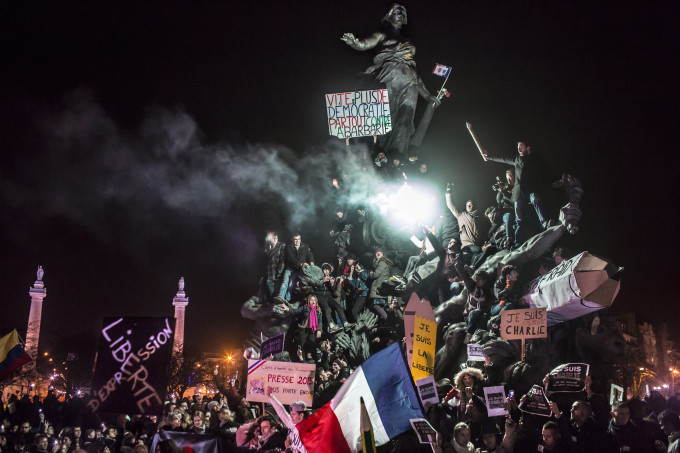
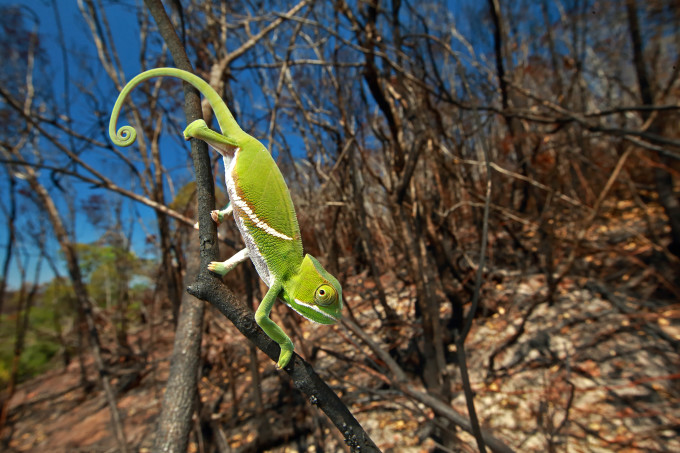
Fires are often deadly for chameleons, because they can’t move fast enough to escape them. The common practice of burning the landscape at the end of every dry season has affected many species of chameleons, and reduced their populations.
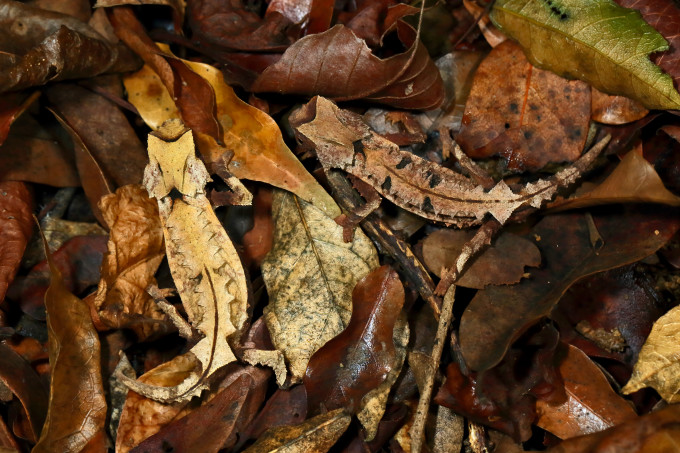
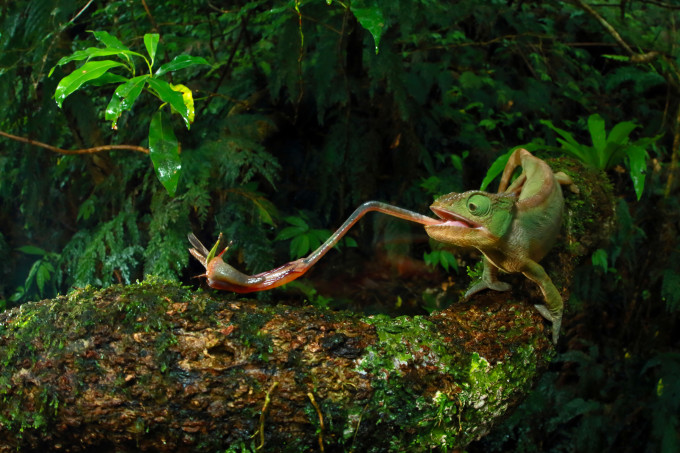
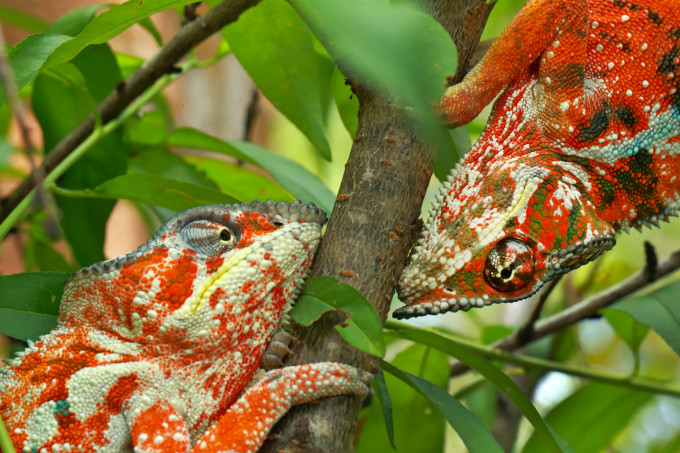
Two males fighting.
Controlled conditions in a large voliere at Madagascar exotique.

Photo: GEPA pictures/ Christian Walgram
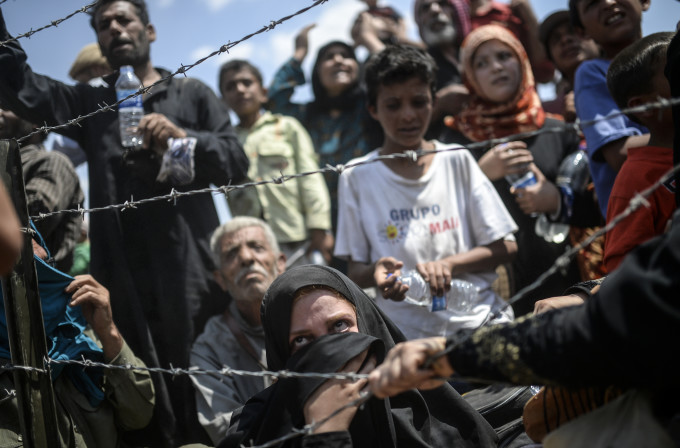
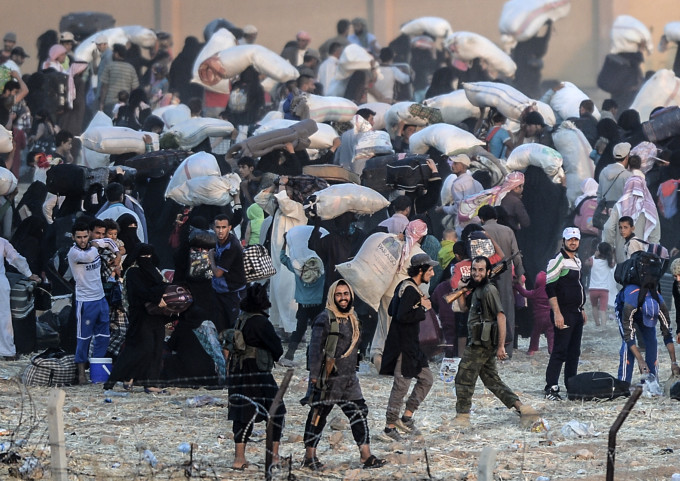
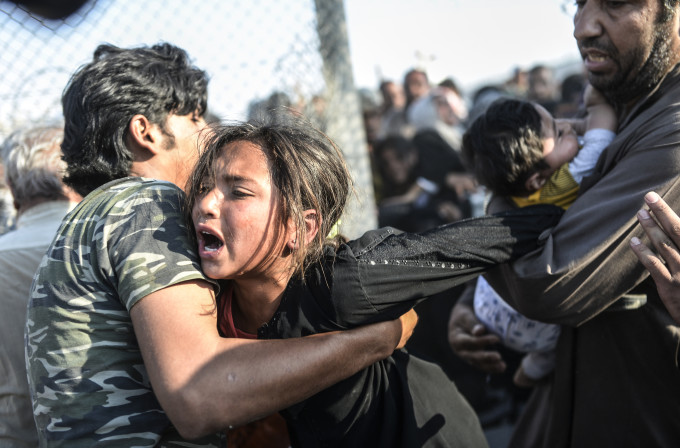
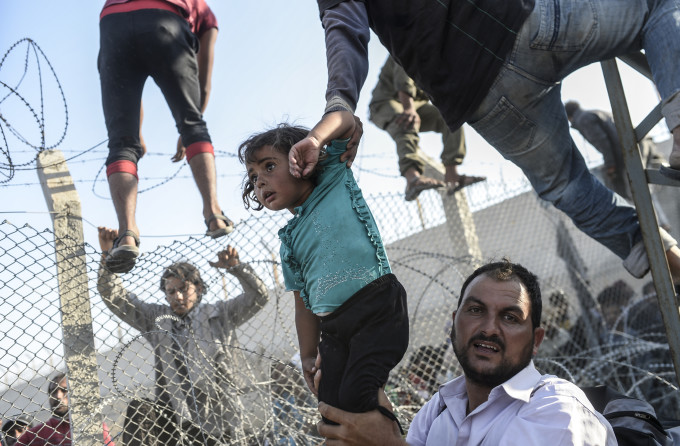
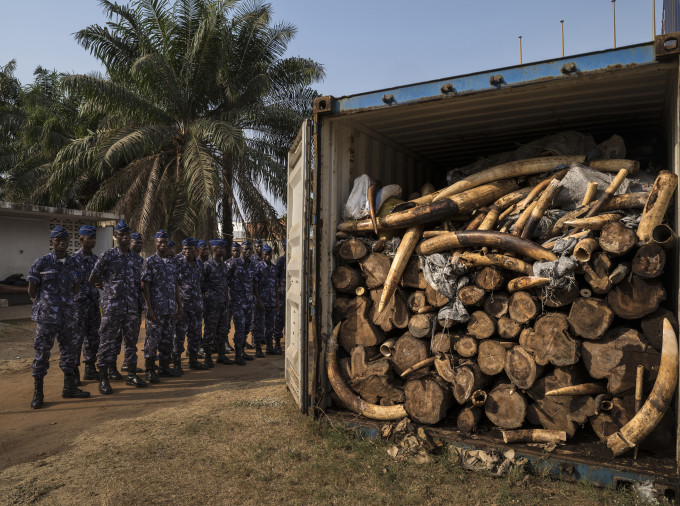
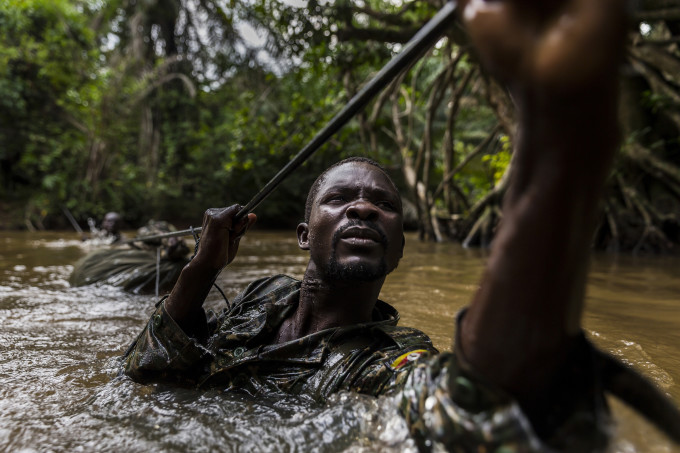
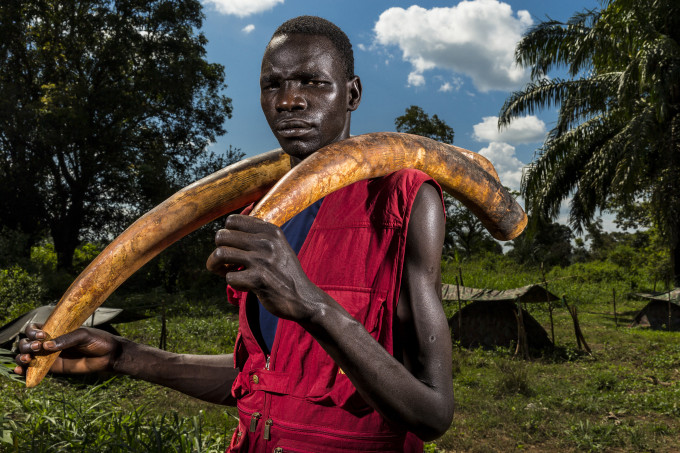
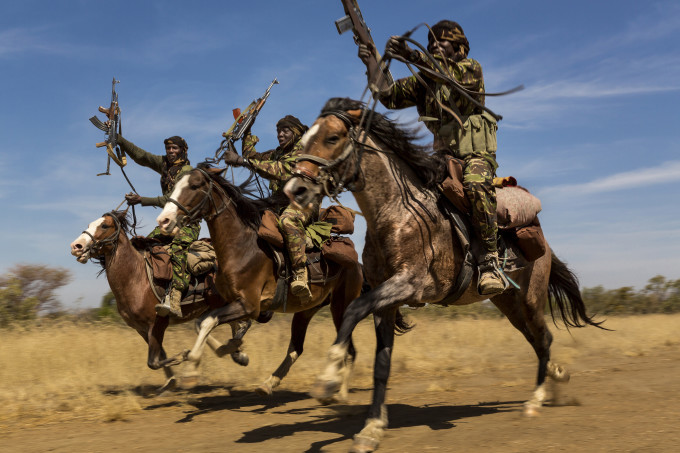
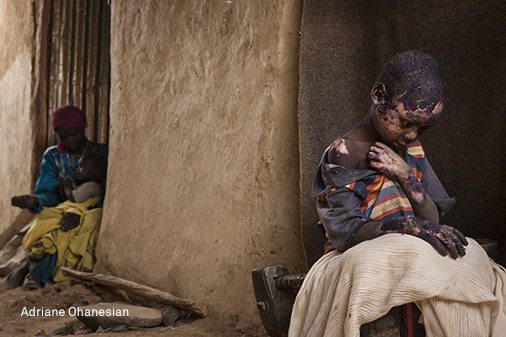
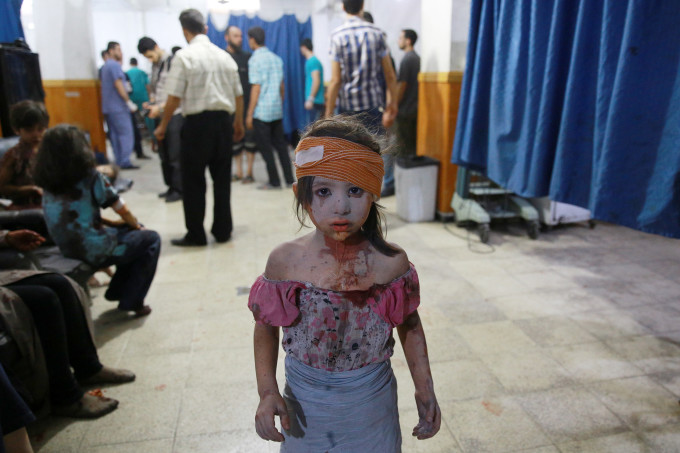
A wounded Syrian girl looks on at a make shift hospital in the rebel-held area of Douma, east of the capital Damascus, following shelling and air raids by Syrian government forces on August 22, 2015. At least 20 civilians and wounded or trapped 200 in Douma, a monitoring group said, just six days after regime air strikes killed more than 100 people and sparked international condemnation of one of the bloodiest government attacks in Syria’s war. AFP PHOTO / ABD DOUMANY
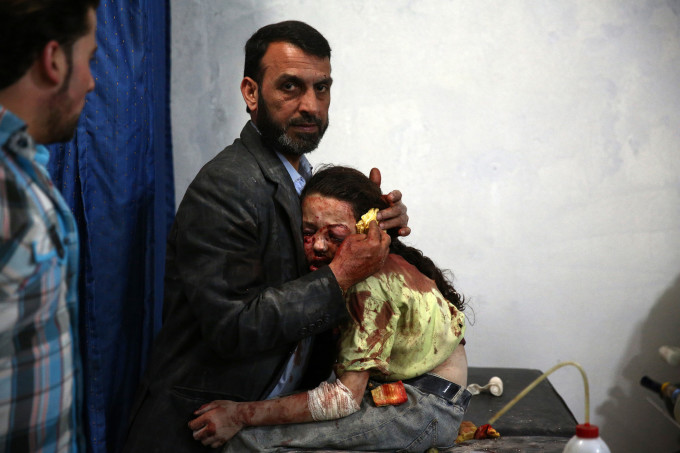
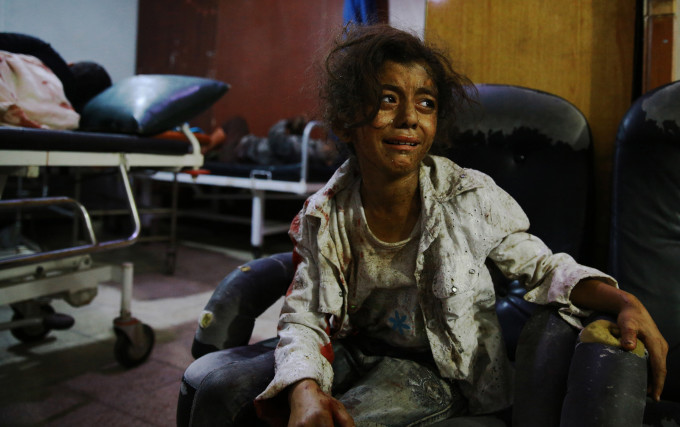
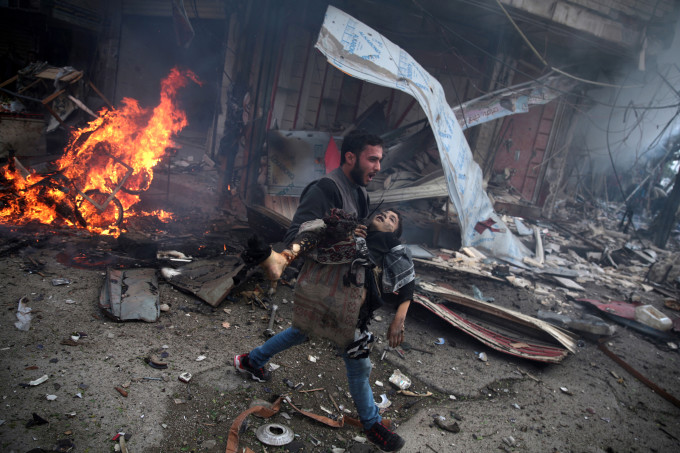
A Syrian man carries the body of a child killed in a reported air strike by government forces in the rebel-held area of Douma, east of the capital Damascus, on November 7, 2015. AFP PHOTO / ABD DOUMANY === GRAPHIC CONTENT ===
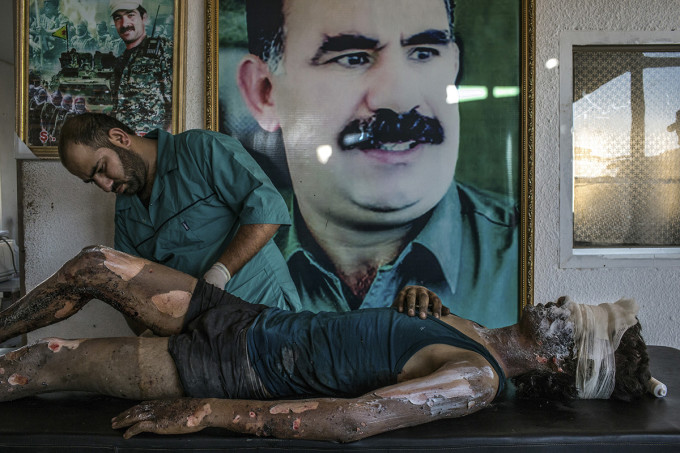
A doctor rubs ointment on the burns of Jacob, 16, in front of a poster of Abdullah Ocalan, center, the jailed leader of the Kurdistan Workers’ Party, at a YPG hospital compound on the outskirts of Hasaka. According to YPG fighters at the scene, Jacob is an ISIS fighter from Deir al-Zour and the only survivior from an ambush made by YPG fighters over a truck alleged to carry ISIS fighters on the outskirts of Hasaka. Six ISIS fighters died in the attack, 5 of them completely disfigured by the explosion.
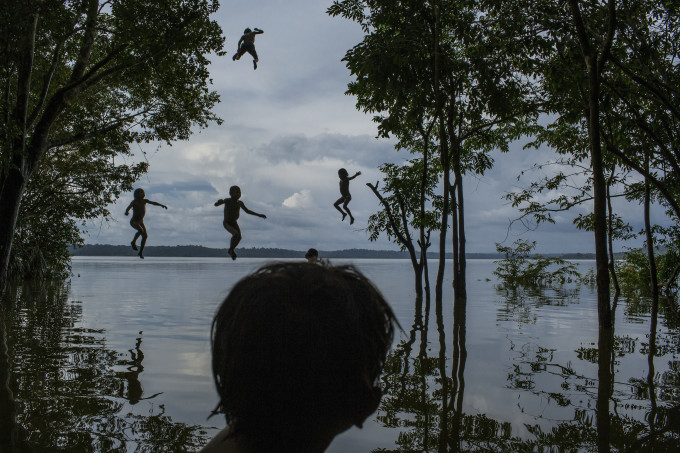
Indigenous children jump into the water as they play around the Tapajós river, in the Munduruku tribal area called Sawré Muybu.


